I made a trip out to the Darien recently to scout out a Teak plantation which is of interest because Panama offers residency visas if you invest in forestry. I've been living on the Isthmus since 2013 and have had permanent residence since 2014, but I decided to do some due diligence on this option so as to be able to speak competently about it to prospective residents and refer them to reliable parties. The barriers to entry for legal residence have been raised in recent years and this option is relatively economical. Plus, I had never been to the Darien before and since life is driven by lack of understanding, let's live a little and see what sense we can make, eh ? I'll write in detail about what I've learned about Teak and the forestry visa in an article to come, this one is to set the table with some pics, etymology, history, and general observations.
Below, heading east from Panama City, the "Interamericana" merges from 4 lanes to 2 as you pass Pacora.
In Chepo, we stopped to tour a lumber mill.
As you can see, it's full of logs and capital, as mills are wont to be.
I got the connection to the Teak company through my friend Teo, pictured above and below.
Want some ? Bring it.
Robert, above and below, owns the forestry company and was our guide.
They have two roofed areas under which they have lots of capital and inventory at varying stages of refinement.
The Wood Mizer LT 15 is a portable sawmill.
How they go in :
What they look like at an intermediate step :
The crack gets filled, as cracks are wont to be :
Stacks of slabs :
A more finished product :
The teak catches higher bids if the grain is finer and it's knotless. It's used on yachts and other applications that benefit from durability while wet. Above it's the primo A grade and below the more base B grade.
By cutting along the line, it'll be transformed to A grade.
The pile o' slabs below was blackened by years of submersion in the nearby Lake Bayano which we'll see later. The water preserves the timber. Robert didn't know the species of this particular specimen off the top of his head.
Some pics of the posterior plant floor.
The outer, lighter colored rings are sap wood and get turned to charcoal and then ashe. The darker, hard word interior is what's used on the yachts and fetches the premium. White and soft on the outside, dark and hard on the inside.
Laborer's transport.
Teo touching tools. No appendages lost this time.
Teak poles can be used for one's tomato or pole bean garden.
Logs on logs on logs on logs on logs.
Apart from teak, they also process Molina at this plant, which is a softer wood and thus easier on the machines.
More molina.
And with that, let's move along to something different, like a super market :
How is it different ? You'll have to go check it out for yourself and report back because we didn't stop to explore.
Shortly after the mill stop, we pulled into a smaller property they have to get some mud on the tires :
Ascending the hill.
They have Malaysian and Costa Rican teak planted here. We didn't go very far, maybe a kilometer, before we descended back to the highway.
As we approached Lake Bayano, we saw some huts :
More huts.
Even more huts.
Huts with satellites.
A hut without a satellite, next to a modern warehouse.
About to cross the Bayano bridge.
Lake Bayano, headed east and looking south. The lake was created in 1975 upon the damming of the river by the same name. The Bayano Dam produces 260MW of electricity and is Panama's second largest hydroelectric power source behind the 300MW Fortuna Dam constructed in 1984. It represents some 20% of Panama's total hydro power.
Covering 353 km^2, it's the second biggest lake in the country behind Gatun, which checks in at 425 km^2 and was created during the creation of the Canal.
Lake Bayano looking northward above and southward on our return.
The Interamericana gets pretty dusty and is ridden with holes for much of its eastern stretch within the province of Panama.
This leads drivers seeking to arrive to their destination in any reasonable time and with minimal damage to their vehicle to drive on the wrong side of the road about half the time. Like the ambulance we followed for a spell on our return.
Here we had to swerve some downed lumber.
We also approached a swerving truck with his back doors ajar.
We passed him as soon as we could because it looked the like driver's side door might open past 90 degrees and smack the windshield of oncoming traffic and we didn't care to stick around to find out how the mud would settle in such a collision.
We honked our horn and I yelled and waved to at the driver that the door was ajar as we passed, but he just gave a goofy smile, nodded and waved.
The Panama government has estimated fixing and maintaining for 15 years the stretch of road from Pacora to Yaviza, some 250 km and between which 145k people live, will cost them 10`884.61538461 BTC and have received 4 bids that range from 10`076.92307692 BTC to 13`700 BTC. They retardedly express their estimates in an inferior numeraire, of course, so I converted using the most recent dead cat bounce price of US no longer dollars of 3846 satoshi per bezzle buck. ~43 BTC/km looks steep to me ; they didn't say what percent will go to grift.
Apart from the teak and cattle and rice extraction, the road is primarily used for human trafficking. During the ~2 hours I was counting on our return west, I counted 22 "tour" buses headed east. The tour goes in quotes because they're not full of tourists. The few tourists we saw when we stopped for lunch in Torti were Gringo birdwatchers traveling in an SUV. The buses travel east empty every day and return west full "Biden voters" being smuggled from the Darien to Costa Rica and then on to the UStard reservation. The local fishwraps report some 294k have been smuggled year to date and it's trending upwards with 42,424 half way through August and those are just the ones the gov't clerks manage to count. For those keeping score at home, that's 1% of Panama's population that has crossed the Darien gap illegally in August alone.
Going above, coming below.
Going out above, coming back below.
There were about 4 checkpoints between Darien and the city, but as these things go, they're only there for security theater, time wasting and busy work. They're clearly not detaining the illegals.
The road gets a lot better as you get closer to and enter Darien.
After a shower, we had a rainbow.
Teo was the DJ and always delivers an eclectic mix. There was French, Russian, Salsa and Sinatra and more. Below is the only one I took a pic of, which is lulzy cause I don't desire anyone or thing. I do what can to take what I need and that's that.
The landscape is dotted with rice fields, pictured above and below.
And some corn too.
There's lot of cattle, but I only got one pic of them in their fields below. I didn't get any pics of the numerous "Subasta Ganado" aka cattle auction houses. Interestingly, for all the cattle in these parts, the closest slaughterhouse is in Penenome, some 360 km from Sante Fe de Darien. How no one has found it economical to set up a slaughterhouse on the east side of the Canal is a question I've yet to find the answer to.
Moooovin' along.
The mountain views were pretty pretty, wouldn't you say ?
Above, a field in the foreground, a crop of teak in the middle ground and mountain range to the south in the background which is not the continental divide. Below, some cloud covered mountains on the way back.
I didn't get the greatest pic of entering Darien, but the pic I got is above. The pic entering Zapallal down the road came out nicer and that's below.
I promised in the intro some etymology and history and if you made it this far I wont keep you waiting and wondering any longer.
"Darien" is said to be a word from the Cueva people, but I didn't uncover what they meant by it. Either I need to dig further or it's lost to the sands of history, comments from anyone in the know are welcome. The Cueva didn't have alien technology such as the Latin alphabet or paper,(i) but that's how the Spaniards spelled it when they wrote what they heard.
Anyways, did it also strike you, dear reader that Darien is only two o's in the vowel slots away from Dorion ? In any case, I don't reckon there is any connection because Dorion comes from my Quebecois side, which I suspect is a Francofied version of the Greek Dorian. Maybe before Quebec my antecestors came from Marseille ?
Aaanyways, it also struck me if you contract(ii) the Spanish dar with the French rien it comes out to "give nothing". As we'll see, the land gives something, but it ain't so easy to take.
Aaaaanyways, for the New Englanders in the readership used to pronouncing Darien, Connecticut "Dairy Anne", in Spanish, the a is pronounced as "ah" instead of the English "eh". There's also an accent over the e, which means emphasis goes there rather than on the second to last vowel like normal. To my ear, it sounds like dah-rien.
My wordplay wetware worn out for now, let's move to the history. The Darien is Panama's easternmost province where it runs into Colombia and is historical on a few accounts.
Colombus supposedly saw it on his last voyage in 1502.
Then, in 1509, the Governor of New Andalusia, Alonso de Ojeda, had a fort built in the east side of the Gulf of Uraba (modern Colombia), which they called San Sebastian de Uraba.(iii) It didn't last long as they struggled to find food and relief from the climate and each time they ventured out the natives shot'em with poison arrows. Ojeda set sail for Santo Domingo after being hit with one of the poison arrows and left Francisco Pizarro in charge. In 1510 Martin Fernandez de Enciso arranged a relief voyage, which included a smuggled away Vasco Nunez de Balboa who was running from his creditors in Hispaniola after he didn't manage to farm profitably there. Balboa's life was only spared because Enciso reasoned his prior experience in the area might be useful. The 300 men that originally embarked with Ojeda were diminshed to 42 after 8 months. Balboa suggested they move east across the gulf to the less hostile Darien and in 1510 Santa Maria de la Antigua del Darien was established and became the first successful colony on the mainland. Enciso was later deposed and in December 1511 King Ferdinand II named Balboa interim Governor and Captain General of Darien.
From there, Balboa divided and conquered and tortured and sent his dogs of war to tear the natives to shreds. He fell out of favor with Ferdinand, but before Pedro Arias Davila could get there to relieve him of duty, Balboa set out in search of what we know of today as the Pacific.(iv) After setting out on the 1st of September 1513, he had ascended the cordillera by either September 25th or 27th to lay his eyes on El Mar de la Sur.(v) On the 29th of September, they reached the bay they called San Miguel since it was Michaelmas. While the discovery of the Southern Sea returned him to favor with the Crown, Davilia was his superior and plotted against him and in January 1519 put Balboa in front of a Korean Court before cutting his head off. Later that year Panama City was established and Santa Maria el Darien was abandoned. While Balboa might've had he head severed, he got avenues and beers and moneys(vi) named after him, which is more than most people who get their heads cut off get.
Nearly two centuries later, in 1707, the fall out of the failed "Darien scheme" sank the Kingdom of Scotland. You see, those '90s were the coldest it had been in some 750 years and there was famine which compounded other issues they were having. Instead of looking inward, at the man in the mirror, to improve their lot, they had a dream and went for it. A Welshman by the name of Lionel Wafer had published A New Voyage and Description of the Isthmus of America in 1690 which garnered lots of attention and excitement from the dreamers, including that of William Patterson, one of the founders of the Bank of England. Patterson shopped the Darien Scheme --which centered around transporting goods through the isthmus-- to the Brits and the Holy Roman Empire and the Dutch Republic, but none of those big players bit. Maybe they knew the Spaniards were hauling using mule trains from Panama City to Nombre de Dios and then Portobello since the mid 16th century and the Scots didn't ? Anyways, the Scots took this decision from the better travelled, richer, more powerful players as a negative signal apparently and in February 1696, investment subscriptions opened for the "Company of Scotland Trading to Africa and the Indies".(vii) The minimum investment threshold was low and after 6 months had collected funds from across the socioeconomic spectrum hitting their target of 400k pounds which totaled about a quarter of their money in circulation. In related lulz, instead of the cold and hunger smartening them up like normal people it apparently made the Scots dumber as in July 1695, mimicking(viii) the Brits, they established the Bank of Scotland, which was granted a 21 year monopoly on public lending. "Centralizing the lending is smart and so is putting a quarter of our eggs in a risky wicker basket full of mirrors." Herrr-derr-da-derr-da-darr.
Anyways, on 4th July 1698, 1200 emigrants set off and four months later they arrived in what they called New Caledonia. They built Fort St. Andrew in the town they called New Edinburgh which featured a port that had a crop of dangerous rocks in front of it and set up their 50 cannons. However, the site they picked didn't have a fresh water source and to add insult to injury, when the torrential tropical rains came in 1699, much of the settlement became uninhabitable and 10 people a day were dying. Taking a page out of Hedley Lamar's yet to be written playbook, Patterson brought mirrors and shiny objects to trade the natives, but the Cuna indians weren't impressed. Maybe it had something to do with the Spanish arriving there some two hundred years prior and abandoning it for Panama City, but meanwhile establishing servicable relations with the natives ? Anyways, instead of a factual reporting of the situation on the ground, the dreamers doubled down and lied and pumped the populace back in Scotland with stories of striking success. "Totally guise, the climate is cordial and the natives are nice, for serious." However, when the 300 that remained got wind of a Spanish strike force storm abrewin', they left. When they returned to Scotland, they learned an expedition of three ships carrying 1300 Scots had already left to provide them reinforcements based on their fabricated reports. The second wave found the deserted camp, tried to rally a defense against the Spanish, but ultimately capitulated after a one month siege. They were granted their lives and permitted to return to Scotland.
In the end, the people again refused to look in the mirror and instead blamed their King, William of Orange. Ultimately, William's successor, Anne, bailed them out for the 400k quid in 1707, but they had to give up their separate Parliament and set of laws. You see, since the Union of the Crowns in 1603, England, Ireland and Scotland had the same Monarch, but separate Parliaments. They were a personal union, but politically distinct. With the Acts of Union of 1707, the Scottish parliament was absorbed by the English parliament and the Kingdom of Great Britain was formed.(ix) The Scots got less than 10% representation in both parliament and the House of Lords. In short, The Darien scheme is the story of when bullshit, dream-fueled "investment" leads to quid pro quo that upends the status quo.
Lesson adjourned, school's out.
Robert's company has several large plantations, here we're pulling into the 2k hectare property where we stayed.
Above and below, there's a recently cut field at the front.
Above, headed up the driveway ; below, looking down it.
They built the house in 2008 or so and it has 5 or 6 bedrooms.
Golden hour porch views.
Robert hadn't been there in a while so spent some time getting the satellite internet connection working. It was getting dark and we were getting hungry so we went to La Tormenta between Carrizal and Santa Fe where they had some basic Panamanian dishes and beers and we had no complaints.
The next morning we drove down past Meteti where they have another 1k Hectare plantation.
We stopped for some provisions in the plaza and caught a glimpse of the ganado.
To give an idea of how remote we got, there were signs for El Totumo... Google only knows about one in Colombia, in the Gulf of Uraba...
We were some 258 km from Panama City and about 20 km from the proverbial end of the road in Yaviza.
After driving about 30 minutes from the house, we pulled up to the plantation past Canglon.
Where they have an older house.
We drove a coupla kilometers back.
Until we ran into a section of the road that was too muddy to risk traversing.
One of their contractors had built an unsanctioned hut.
We got out to inspect.
And came upon a patch of seedlings, ready to be planted.
I counted 1`080 seedlings, which will fill about 1 2/3 Hectares.
Smiling and serious simultaneously.
Teak to the left of me, jungle to the right, hear I am, stuck in the middle of the sticks with you. Teak plantations get criticism for being monocultures ; this operation makes sure to mix in patches of jungle for biodiversity. Out in these parts, if it's not teak, the land is predominately monetized with rice and cattle, which provide less habitat for competing flora and fauna. Thus, teak interspersed with jungle can provide refuge for the fauna. The night before we watched some trail camera footage of a jaguar eating a sloth.
We returned to the Interamericana and had our sights on visiting the local village.
Robert's company donated a strip of land and bulldozed it so a road and power lines could be run back to the river. 8 year old Teak below, which means its younger than my time in Bitcoin.
Once gov't and private parties charitably installed the road, the natives naturally had several million board feet of exotic timber extracted using the infrastructure.
A devilish looking Kapok tree.
We made it back to the river, but there weren't any boats. Rio Chucunaque, depicted below, surges from head waters where the Guna Yala Comarca, Panama Province and Darien converge(x) and is a tributary of Rio Tuira which ultimately spills into the Pacifico at Bahia de San Miguel.
There were any boats because the natives had gone to Yaviza for some festival.
Which explains why we saw some in half-black face and dancing at the bus stop.
Before returning to the City, we returned to the 2k hectare plantation where we stayed for a longer tour as it has a 15km road running through it.
Another 8 year old crop.
The 15km road is solid enough to bring big logging trucks back there, which makes the operating a lot more efficient and means we could cruise down the road fast enough to make pictures blur.
Some of the tree appear to have tumors, but it's really ant or termite colonies, most likely looking for refuge from the saturated earth. They don't damage living trees though.
Above a patch they recently cut and replanted. Below, a bigger, 100 H patch that was cut and replanted.
Logs from the harvest, to be sent to the mill and then markets abroad like Europe and India.
The camp below is sanctioned.
We saw quite a few Kapok trees(xi) which reach to the canopy layer of the jungle patches. They happen to be a favored nesting tree of Panama's national bird, the Harpy eagles.(xii) We didn't manage to see any of those guys though.
Jungle with Kapok trunks.
A crop of Kapok.
We heard some howler monkeys a'howlin', so we stopped to see if we could catch a glimpse. Fortunately, there was a troop in some trees right above our stopping point.
It was a troop of 4 or 5 and their volume is pretty impressive for their small size.
We witnessed a branch swingin' demo.
We didn't test if their bite was as big as their bark this time around.
They played peek-a-boo with us for about 5 minutes until we got bored and moved on.
Watching the watcher.
Above, leaving Darien ; below, resuming velocity.
Cheers !
- Or immune systems hardened from centuries of raising livestock or chimneys or wheels or or or... [^]
- Spanish and French is Spench ? or Frenish ? Frenish sounds better to me, how about you, fren ? [^]
- Haven't been to the Uraba one, but San Sebastian de Vizcaya is probably way better. The two bodacious, babe bustling beaches... and the pinxos ! Hard to beat. [^]
- Thanks to Ferdinand Magellan's 1520 coinage during his circumnavigation. Well, he didn't complete the trip since some wild Filipinos resisting the Christianity he was pushing killed him with metal-tipped, fire-hardened rattan spears, but he gets credit for the cicumnavigation since he lead it. [^]
- That's what he called it since they were headed south when they found it. [^]
- The "balboa" is a "stable coin" pegged to the dollar since 1904. Rather than keeping it pegged to the value of the legal dollar, Panamanians followed the criminal actions of the criminal organization stylized as "the US" and now the Balboa is pegged to the illegal, counterfeit dollar. [^]
- COSTAATI anyone ? Sounds like, "it'll cost you". Anyways, the company was established in 1695 and didn't have the Darien in mind, but they didn't survive long enough to get around to rebranding. [^]
- Or would it be miMACking, given they're Scots ? JK, Mac just means son in Gaelic and Mc is the abbreviated version of Mac. [^]
- The Irish were absorbed in 1800 when it became the United Kingdom. [^]
- Daranamayala anyone ? A la Texarkana. I don't suspect anyone is racing to name it as it's in the middle of nowhere, so not much motivation to talk about it, but it does roll easily off the tongue if I do say so myself. If there's gold or oil found or someone manages to put a Bitcoin mine out there someday, remember who named it first ! [^]
- Ceiba pentandra, aka the silk cotton tree. [^]
- Harpia harpyja [^]
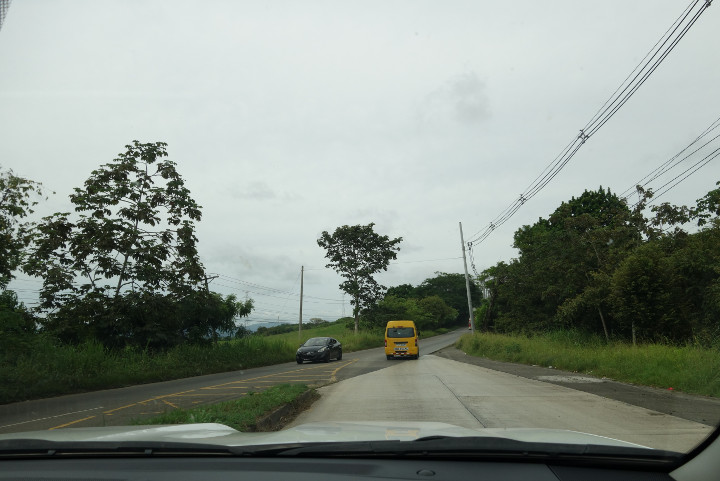


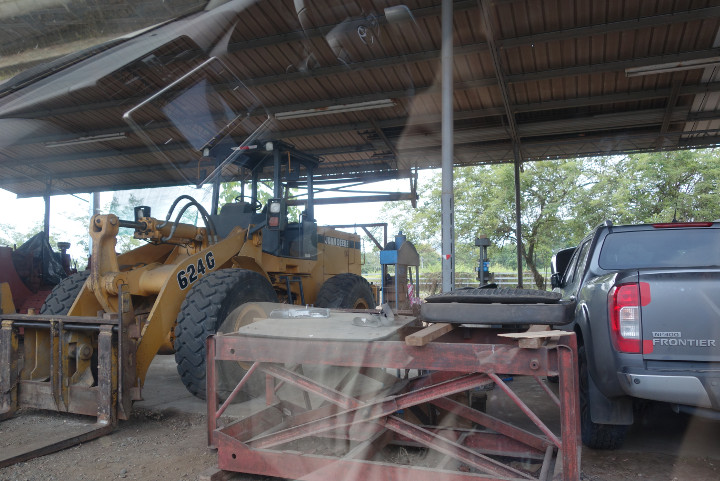
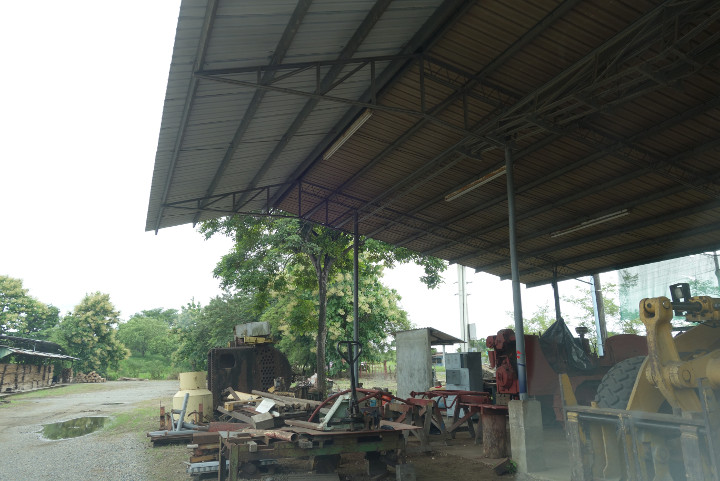
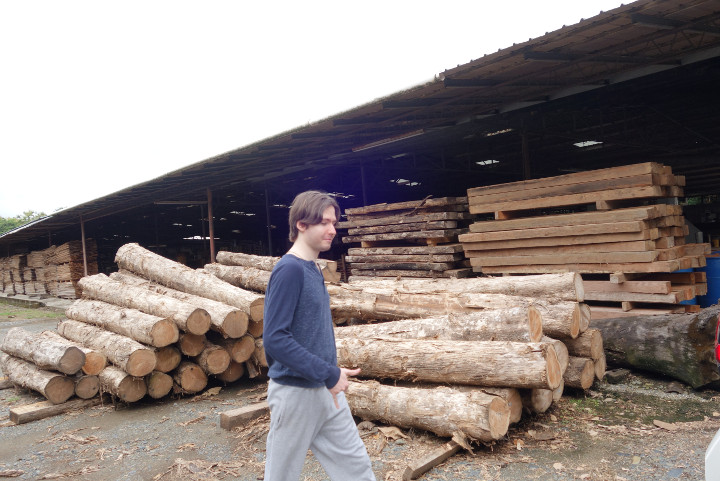
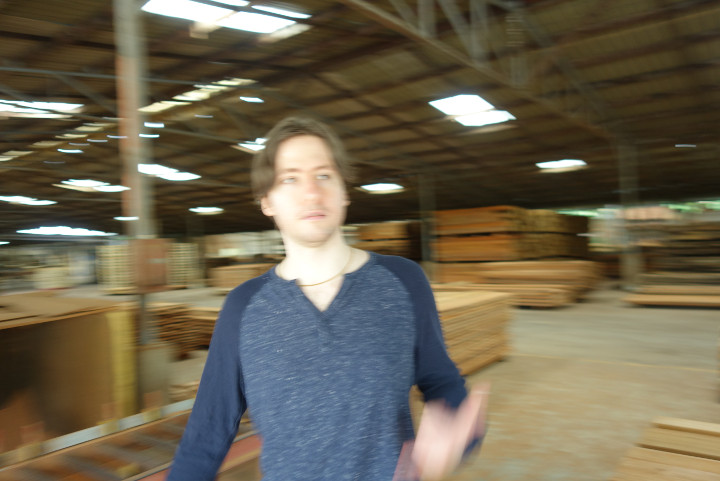


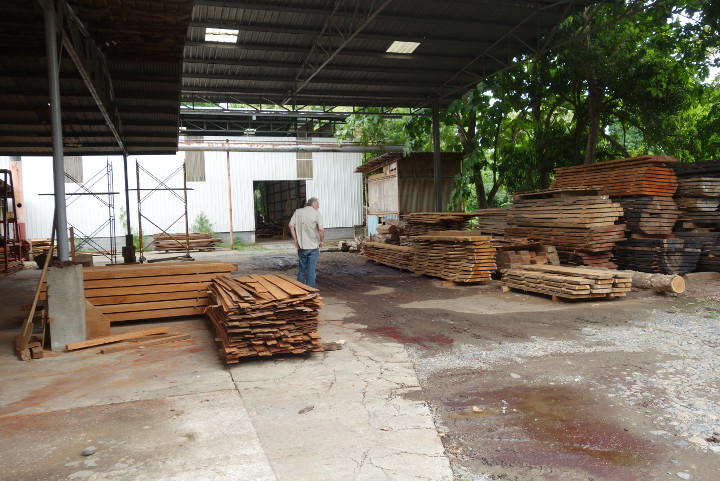
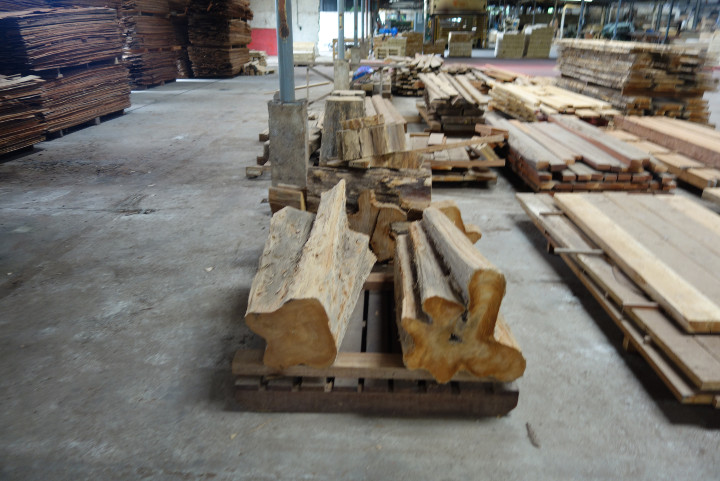
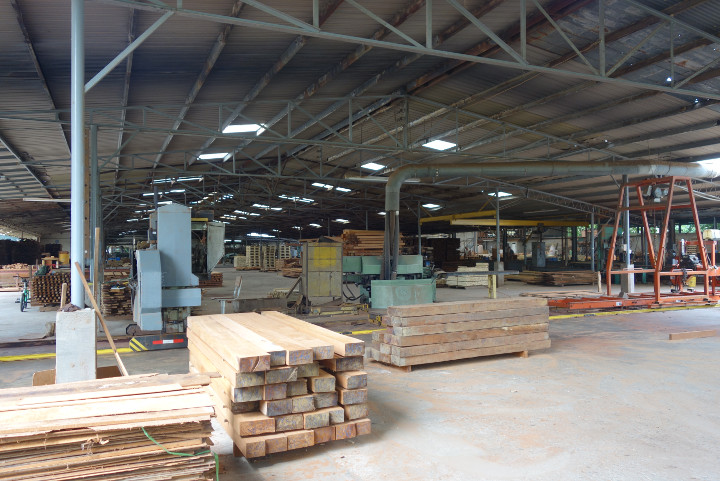

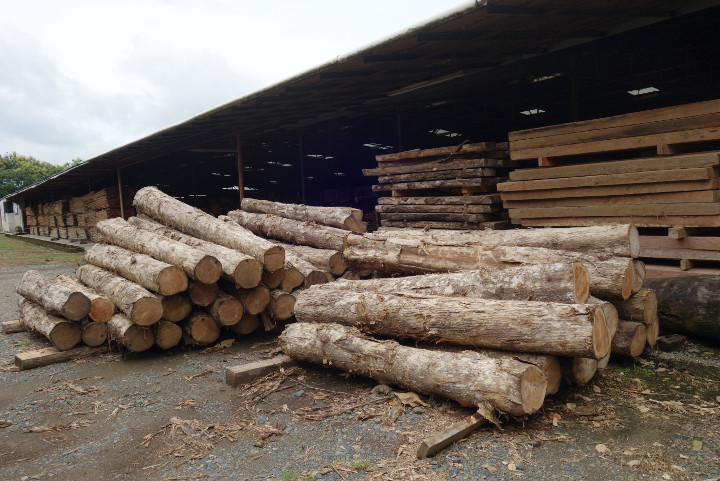
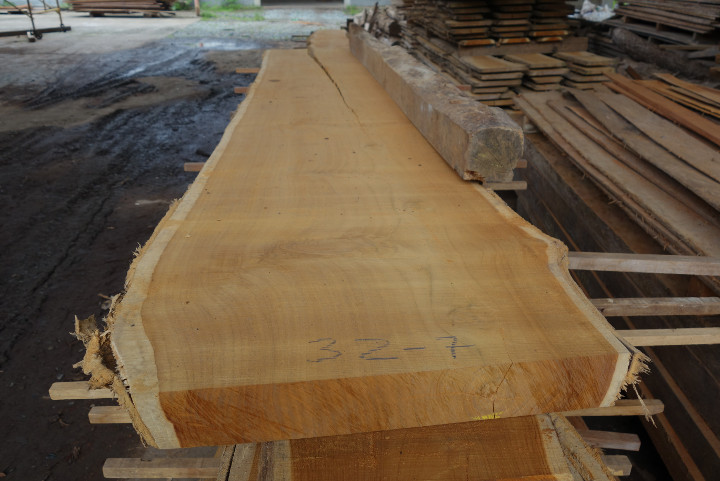
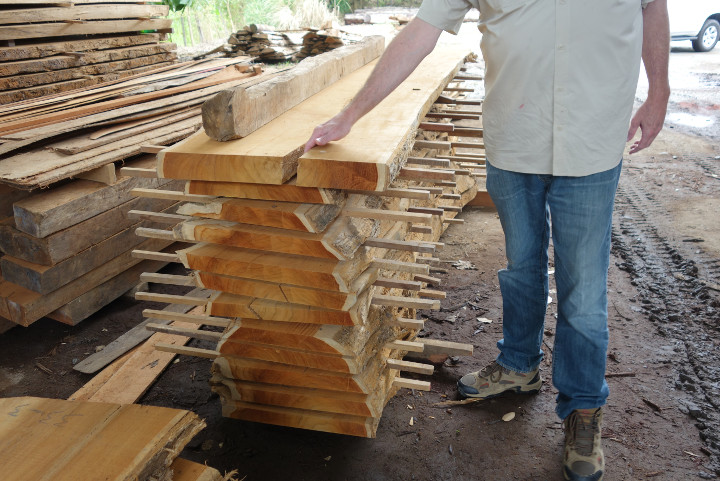
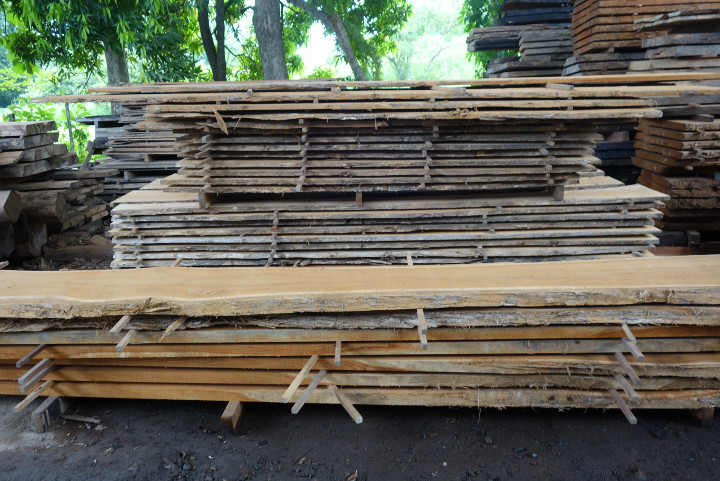
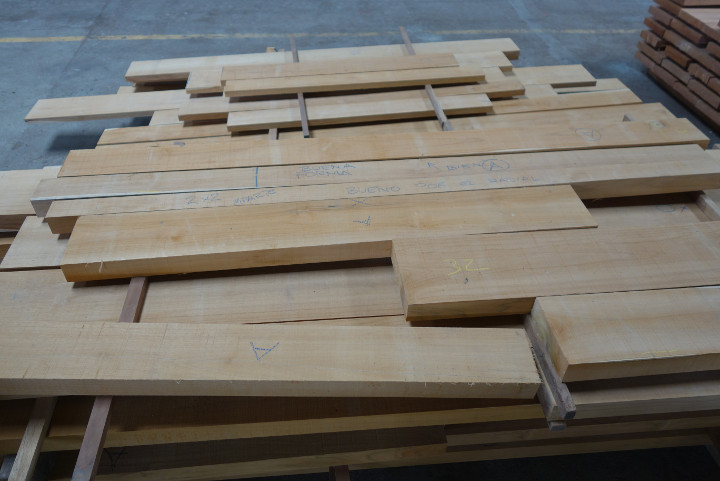
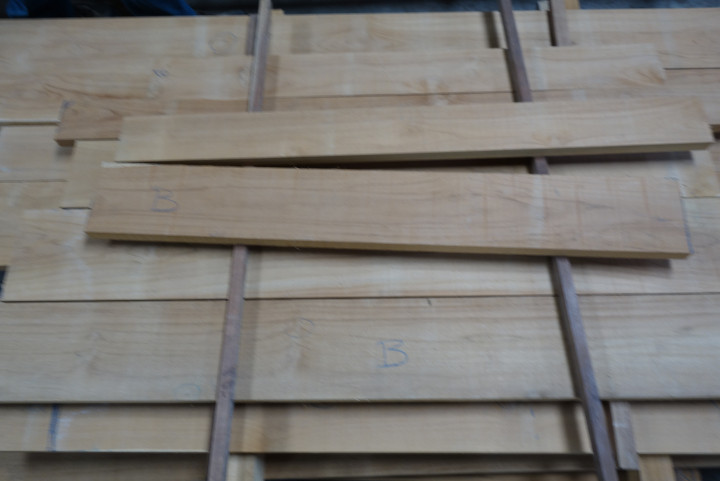
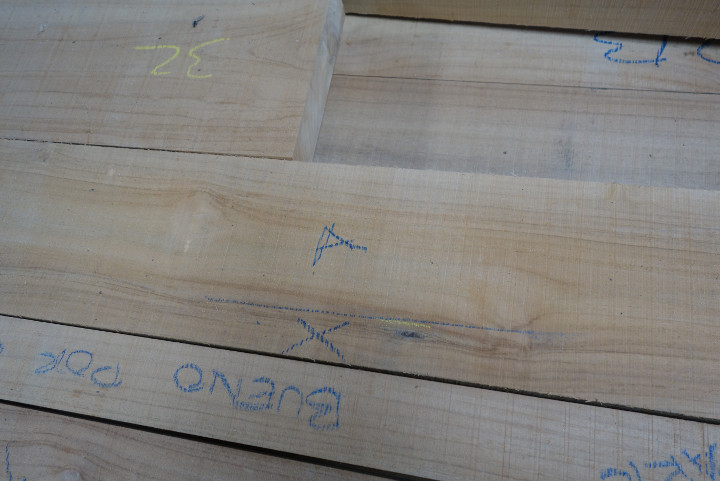
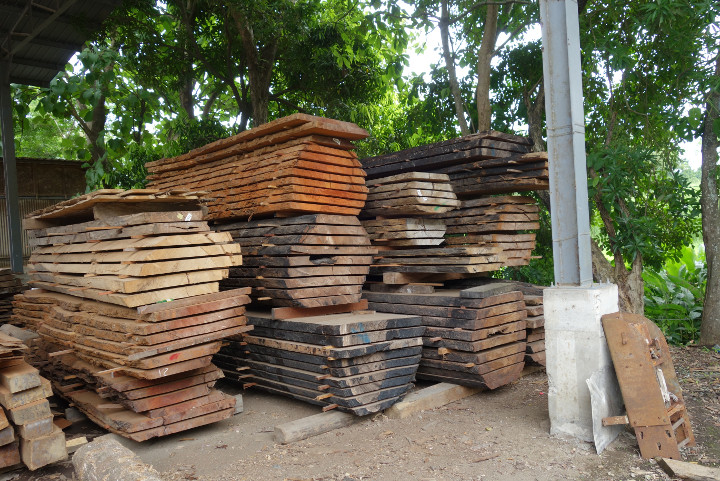
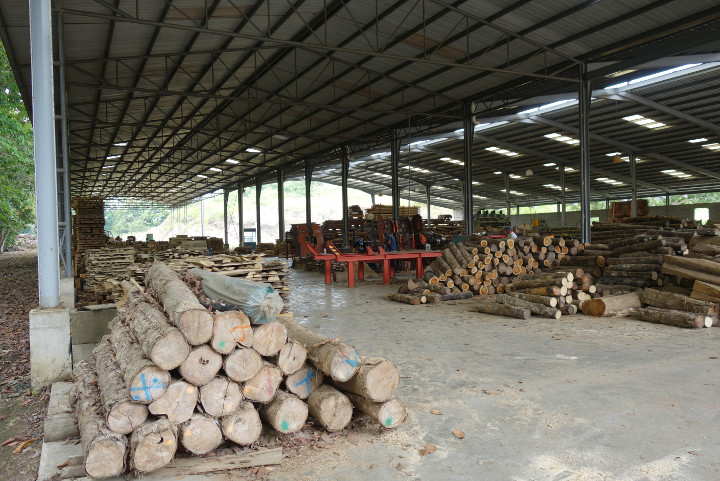
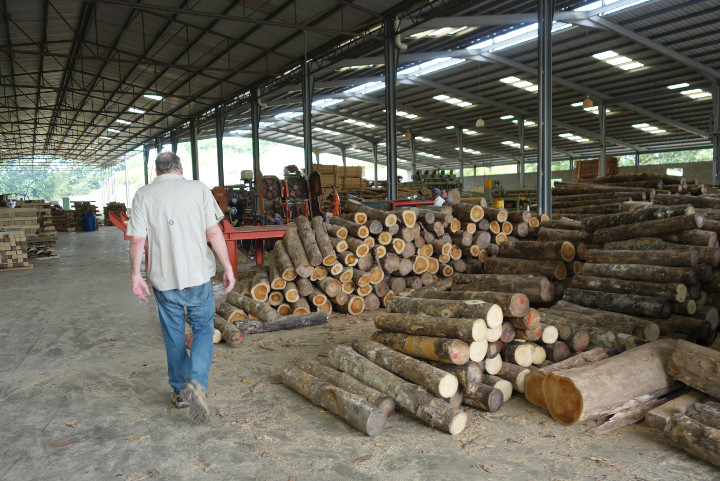
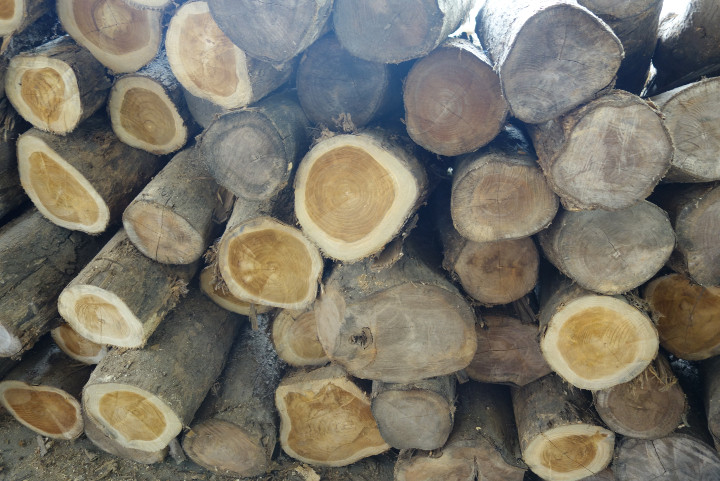

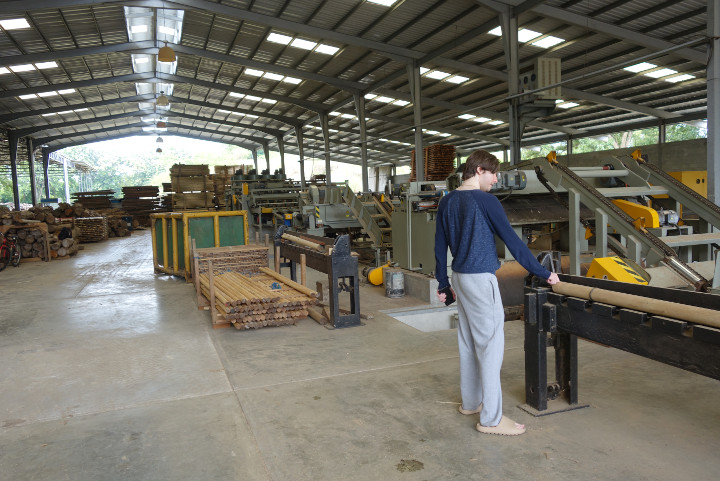
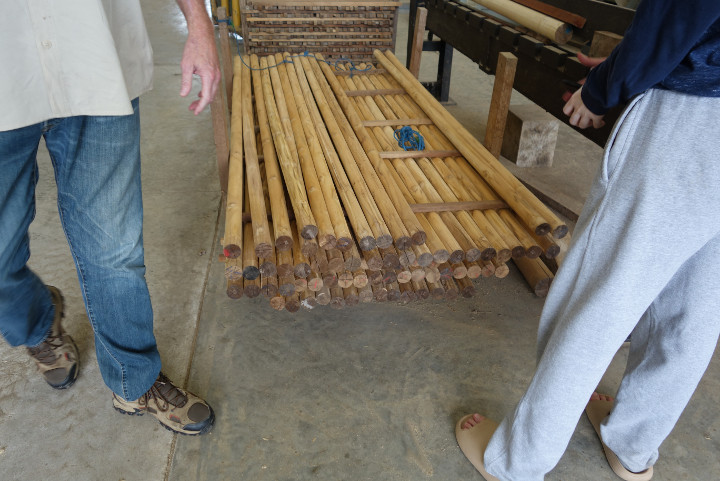

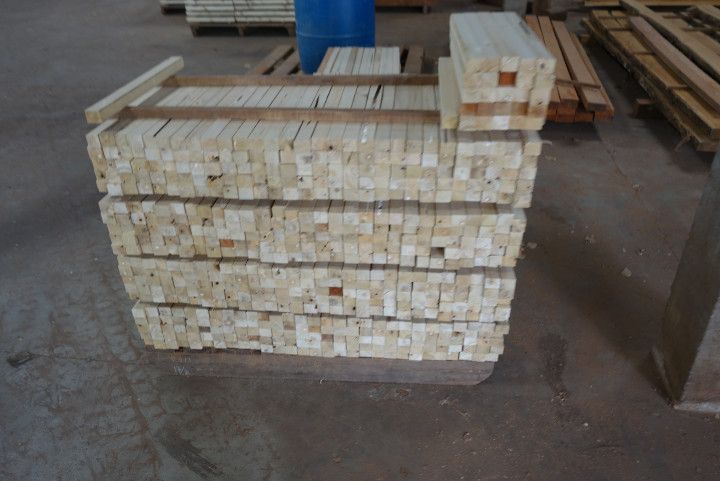
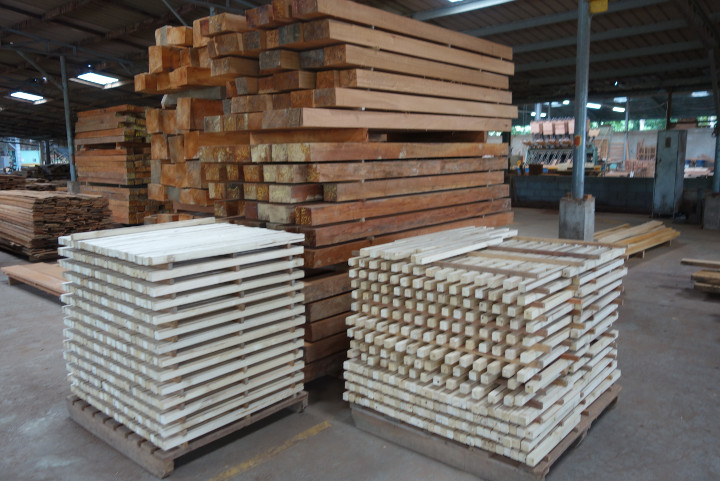
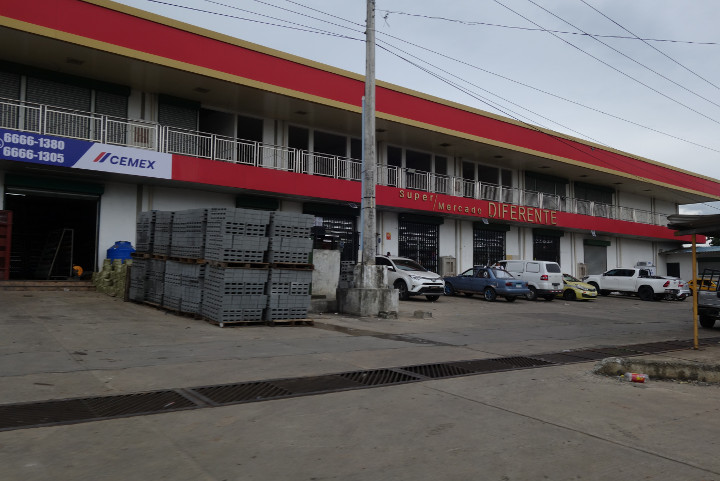
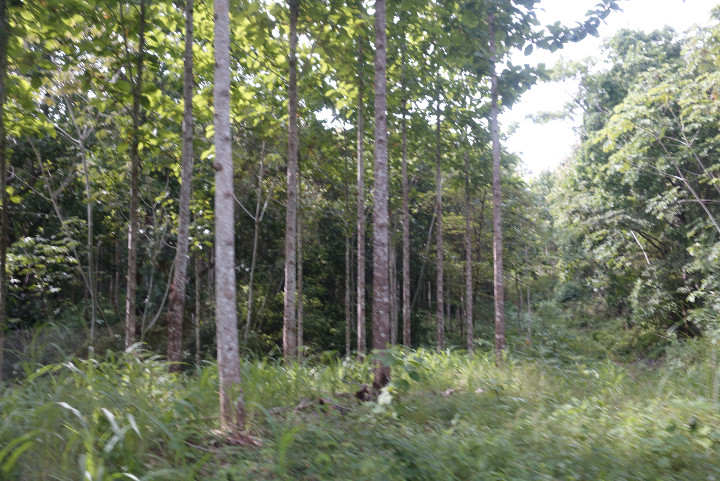
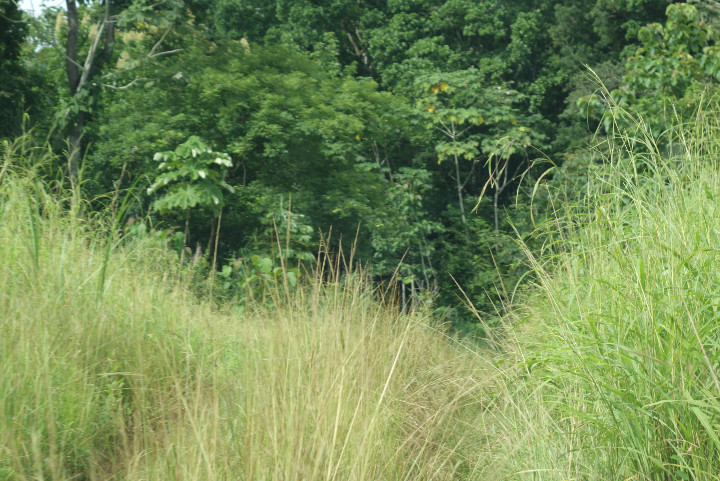
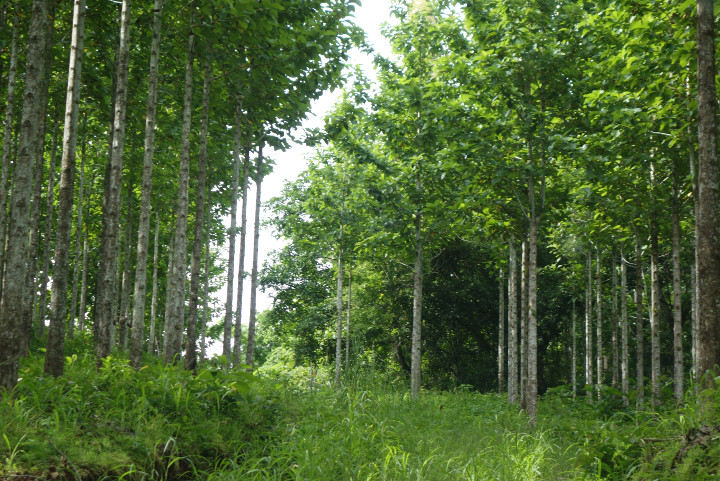
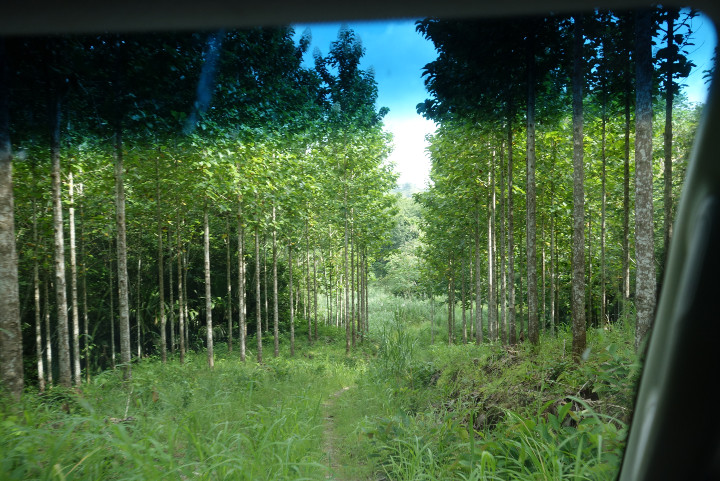
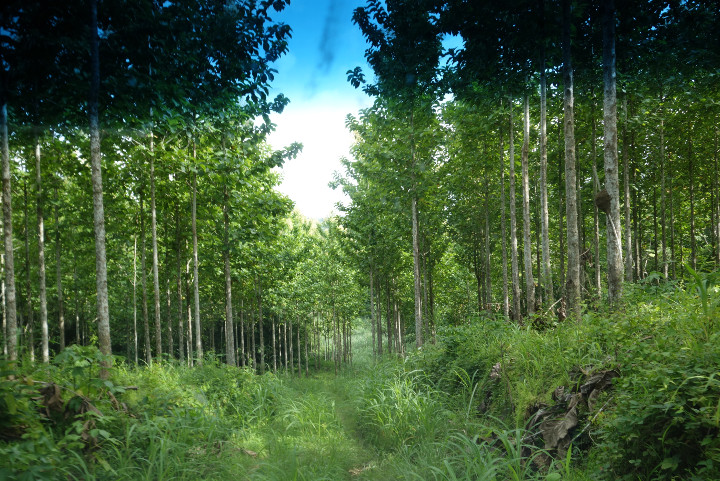
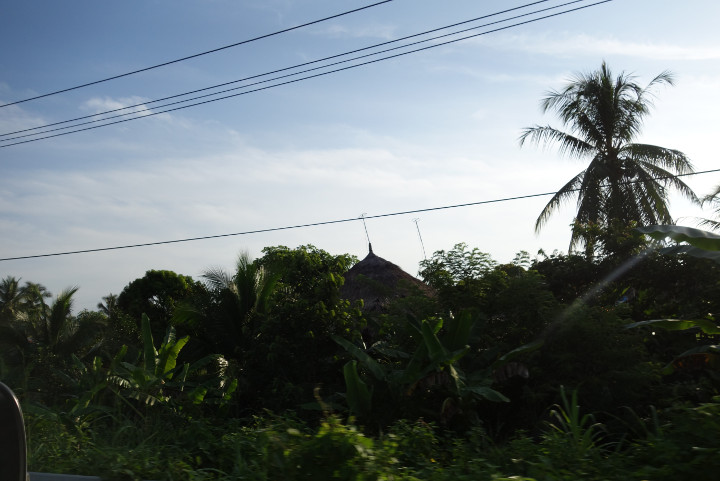
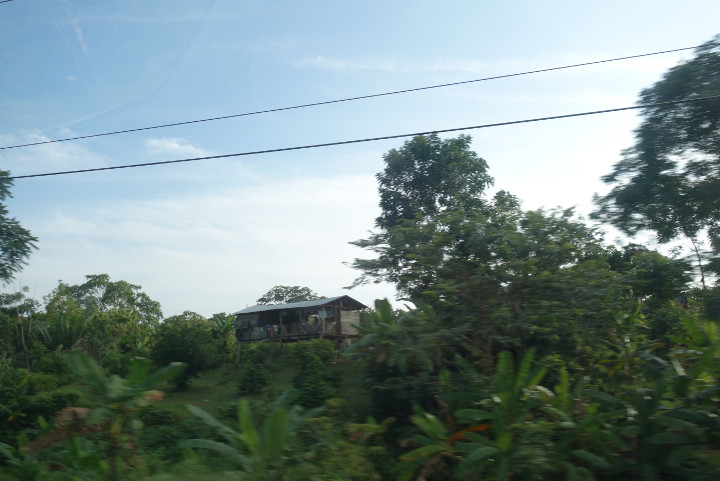
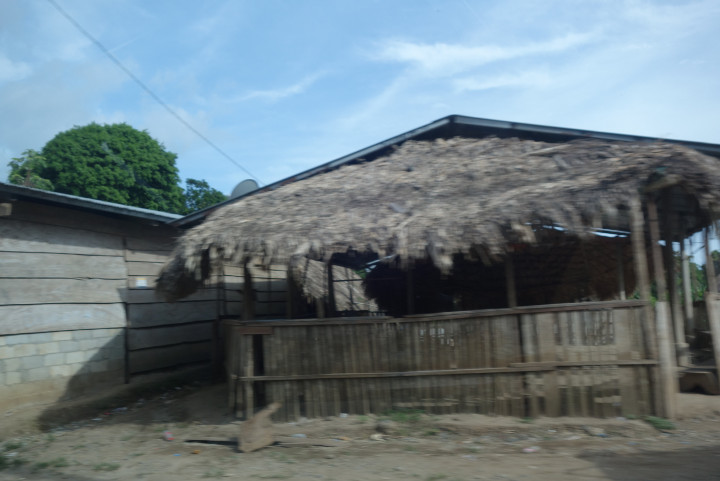
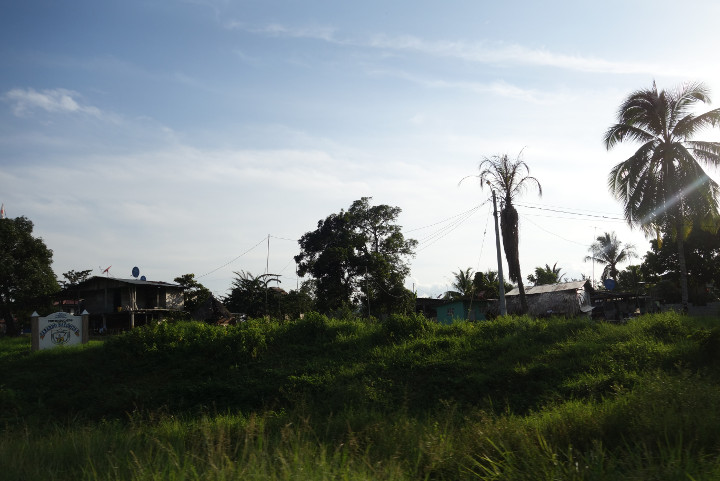
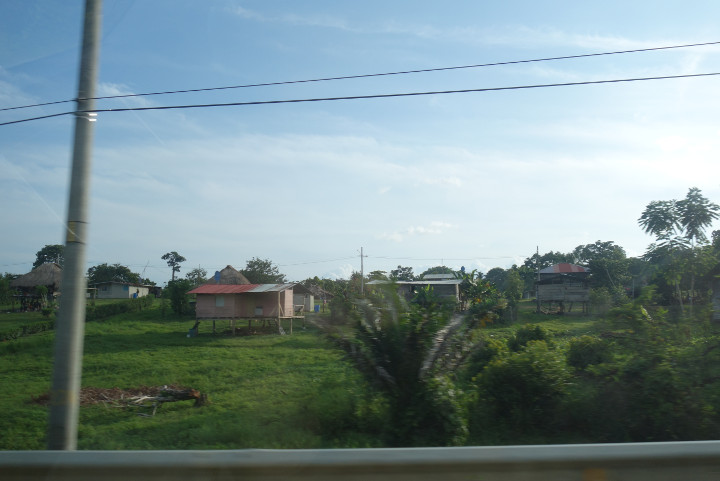
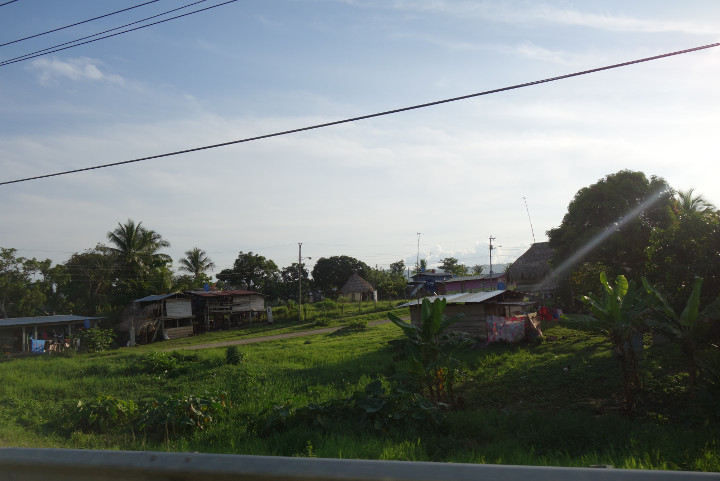
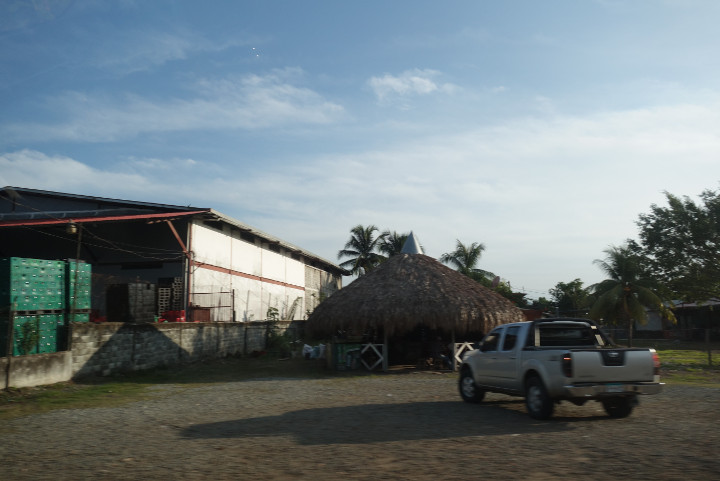
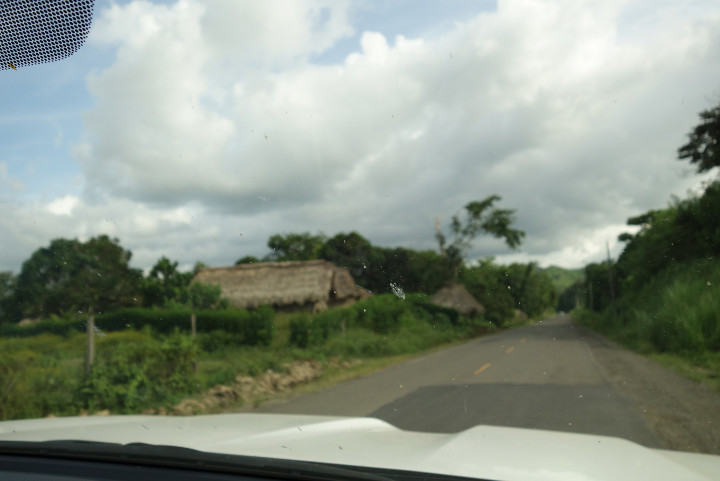
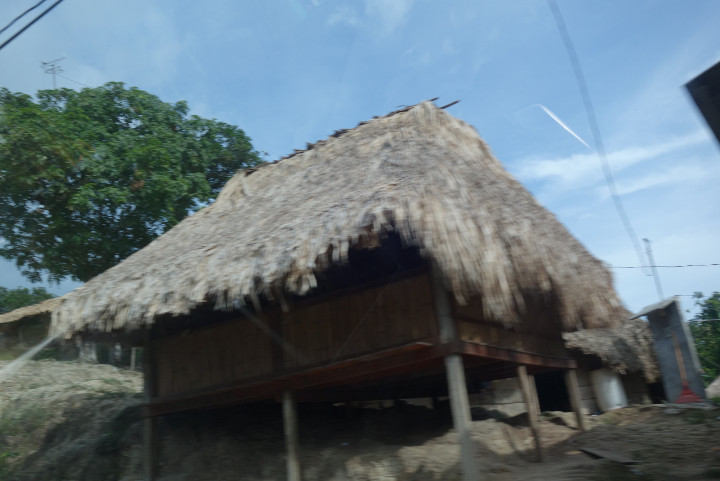
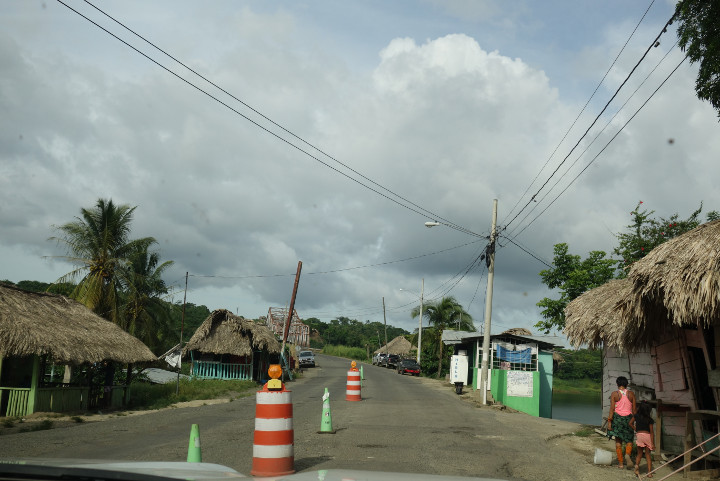
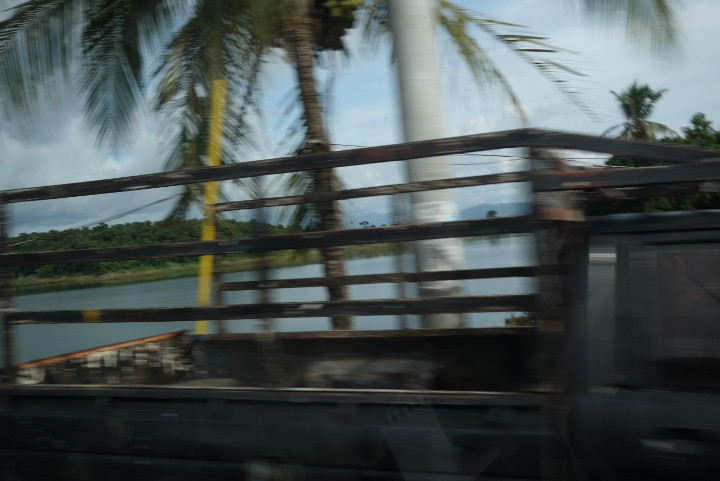
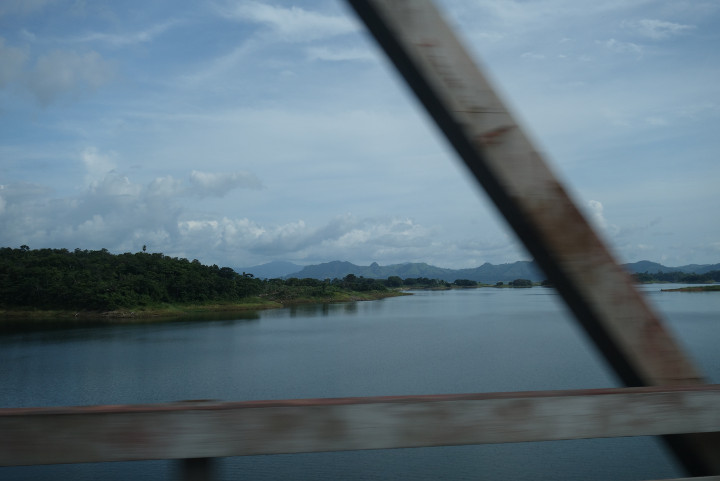
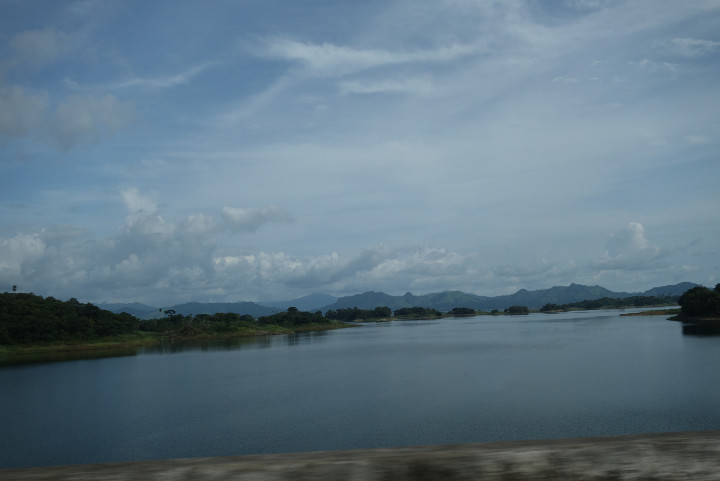
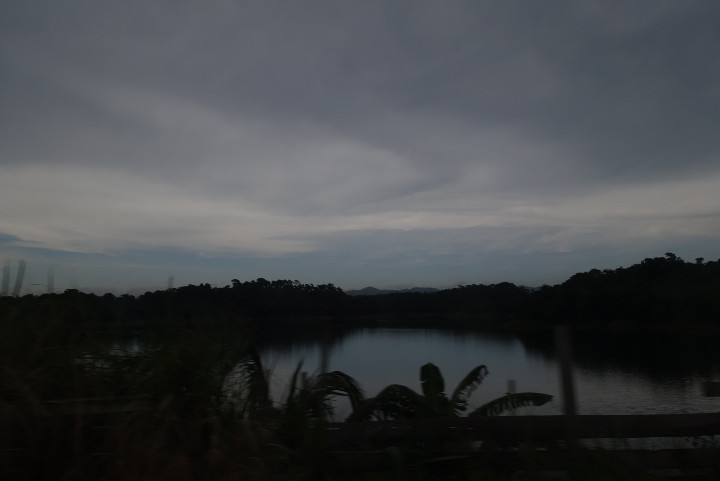
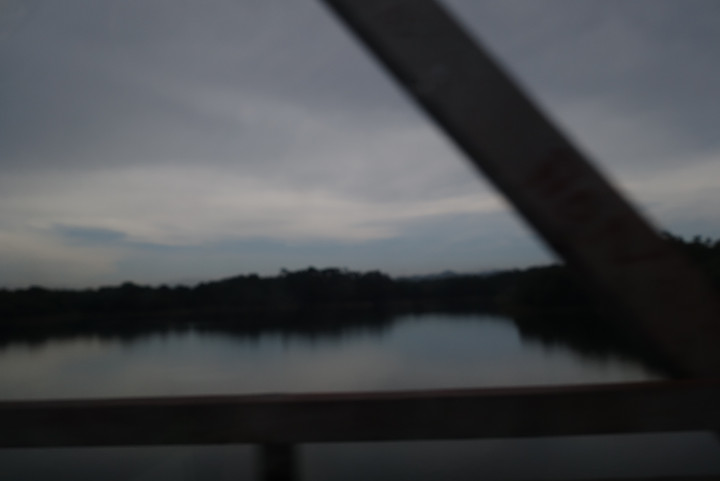
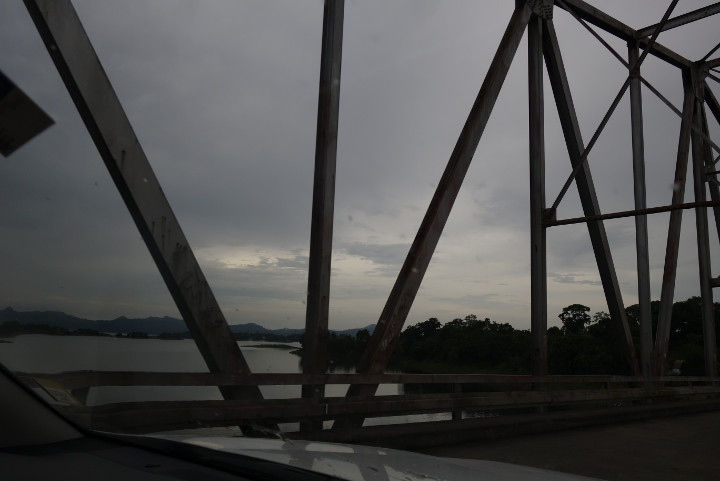
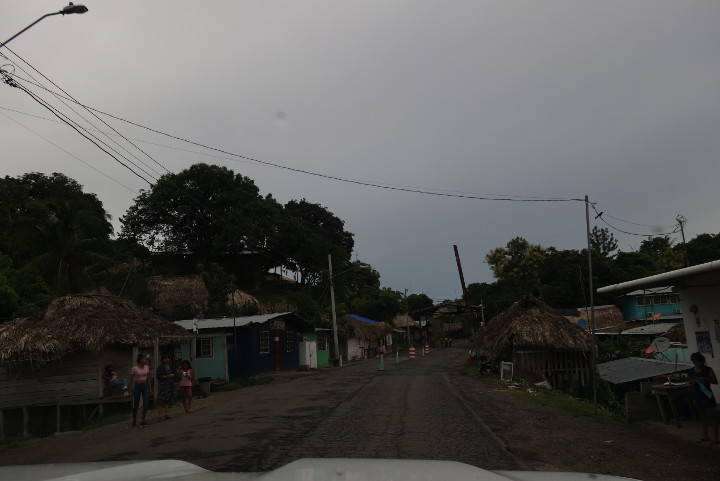

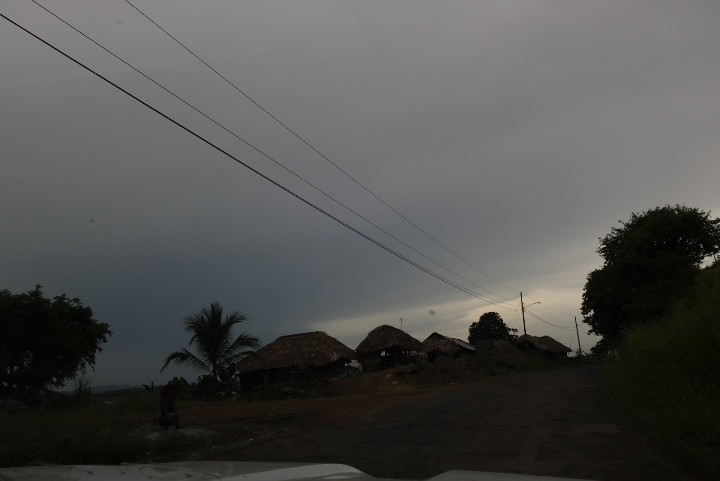


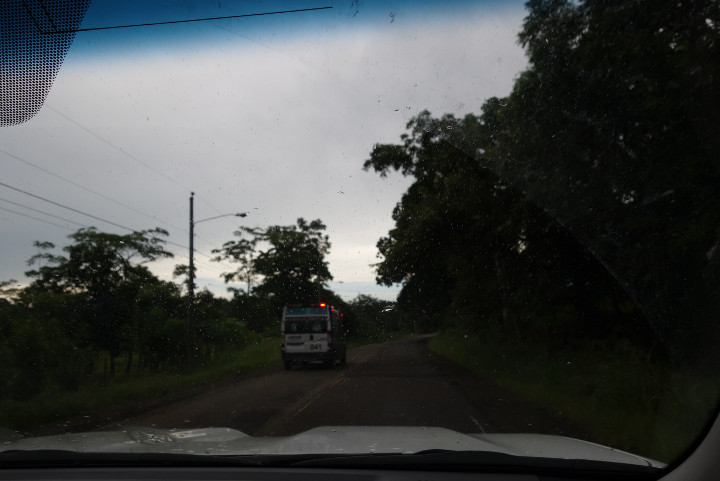

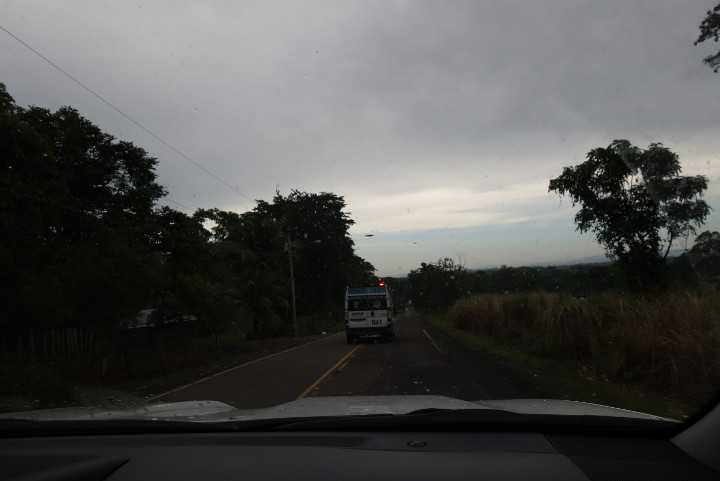
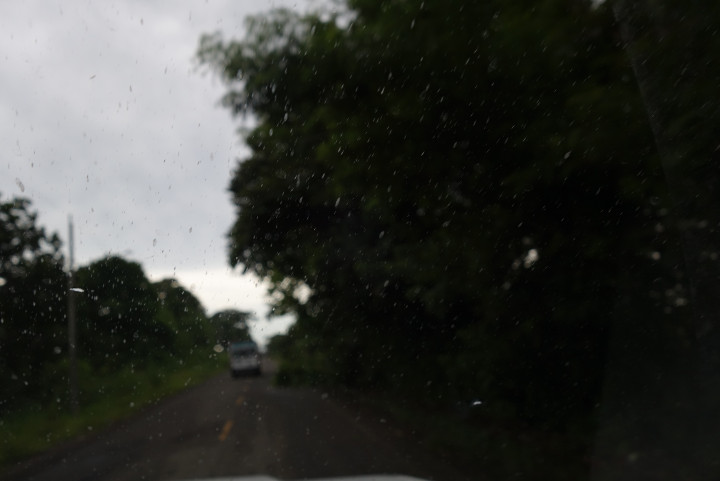
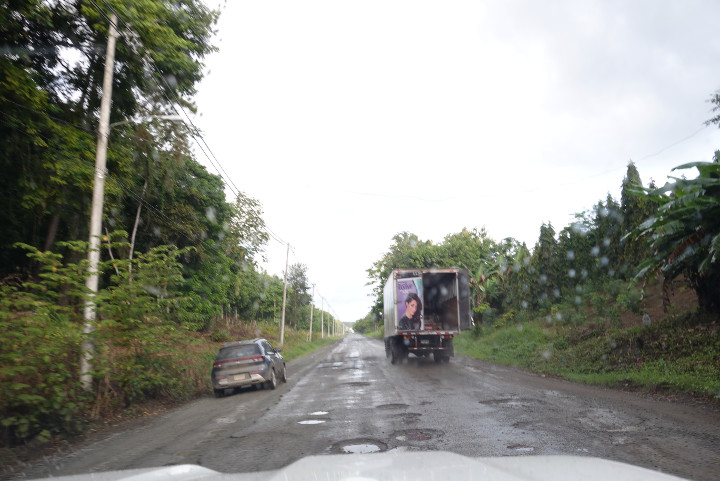

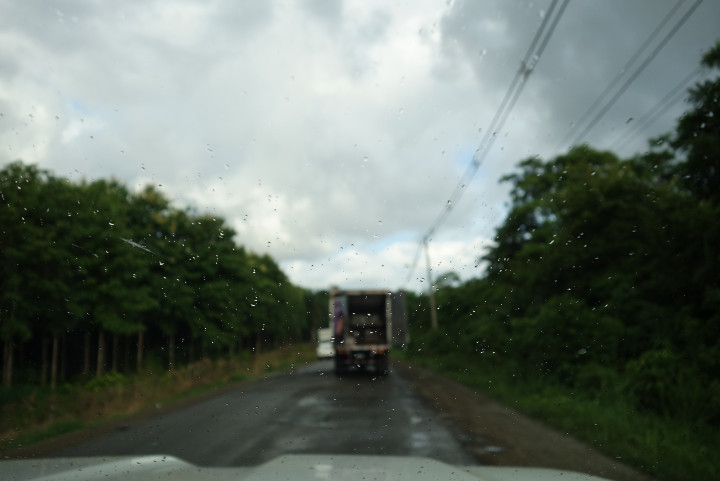
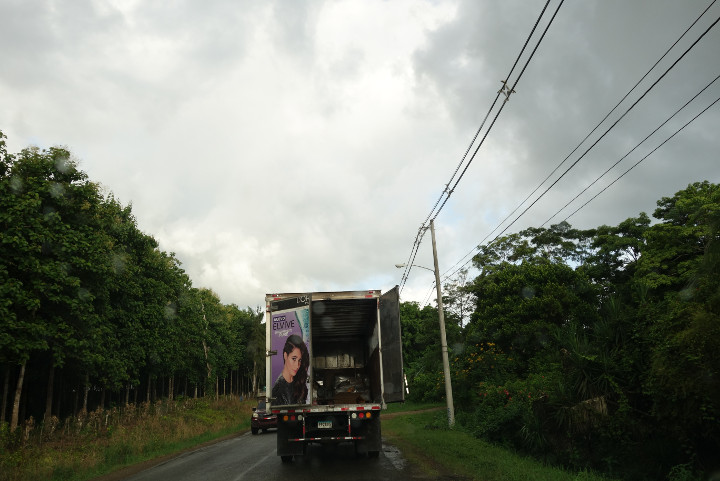
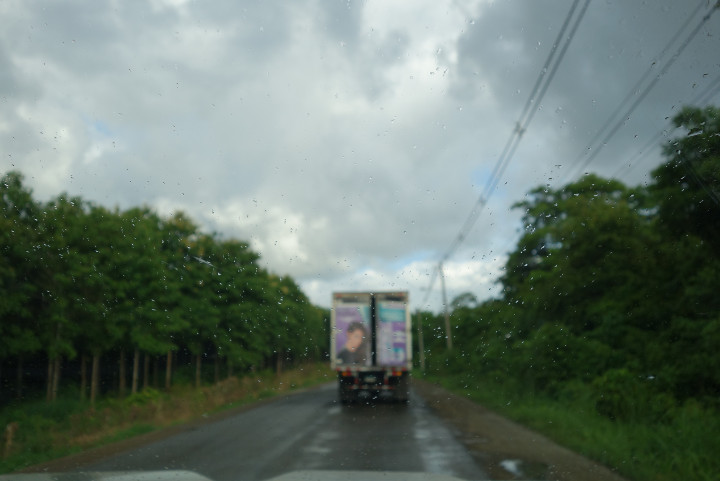

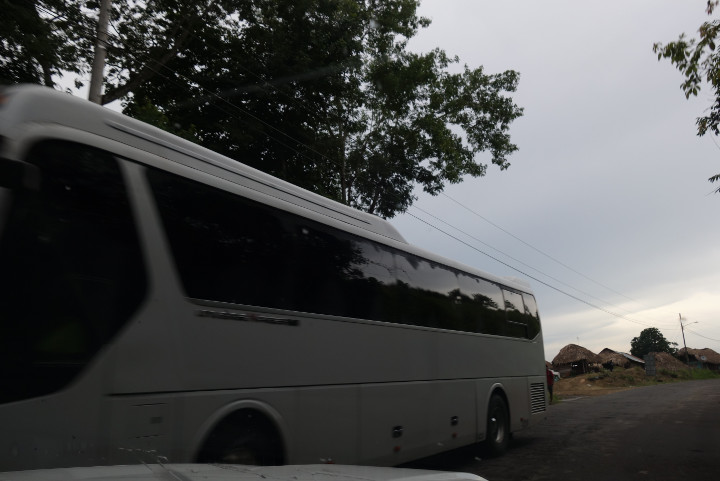
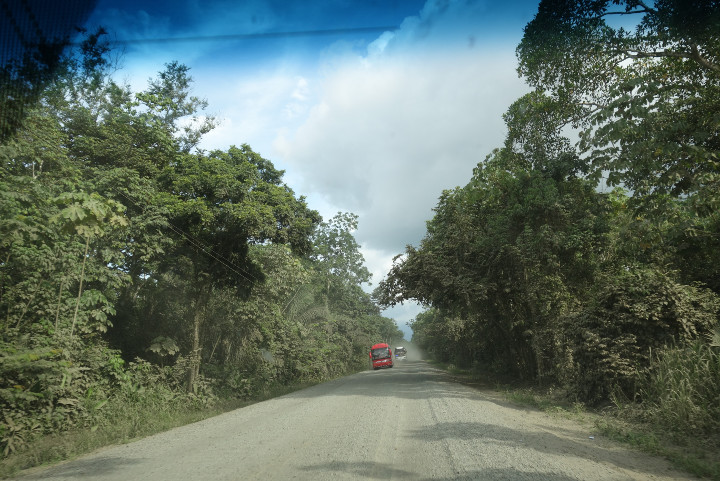
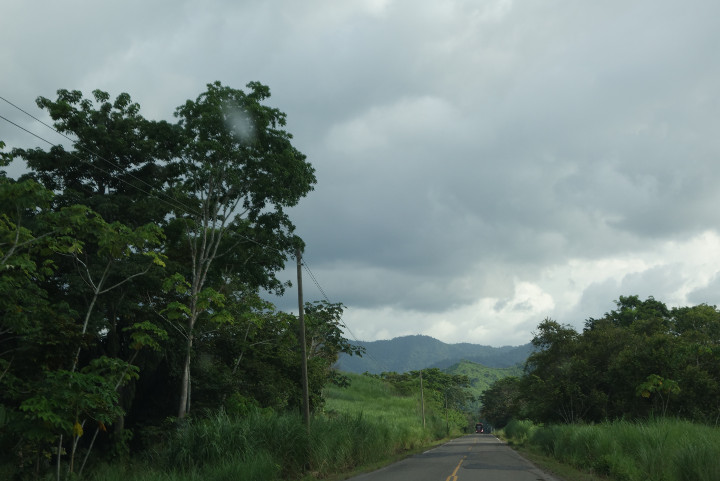
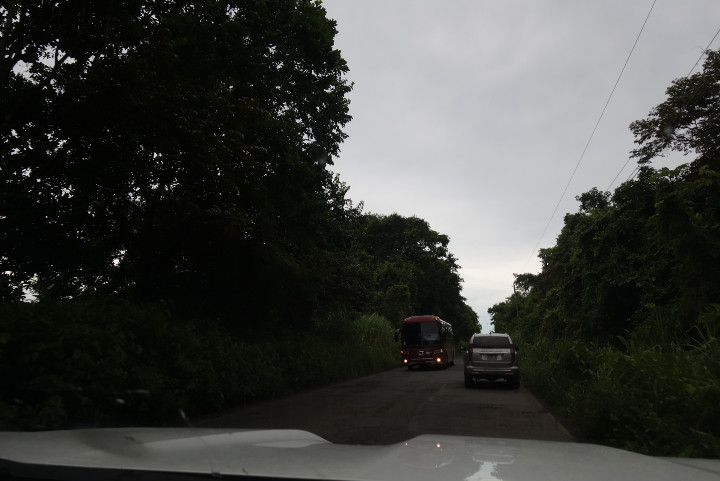
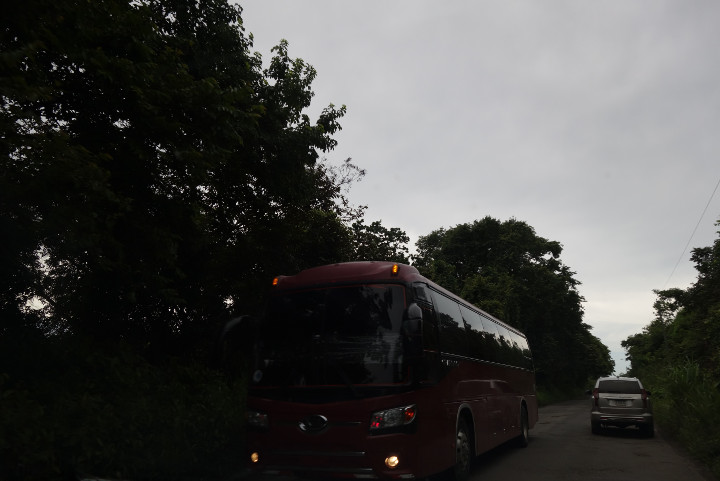
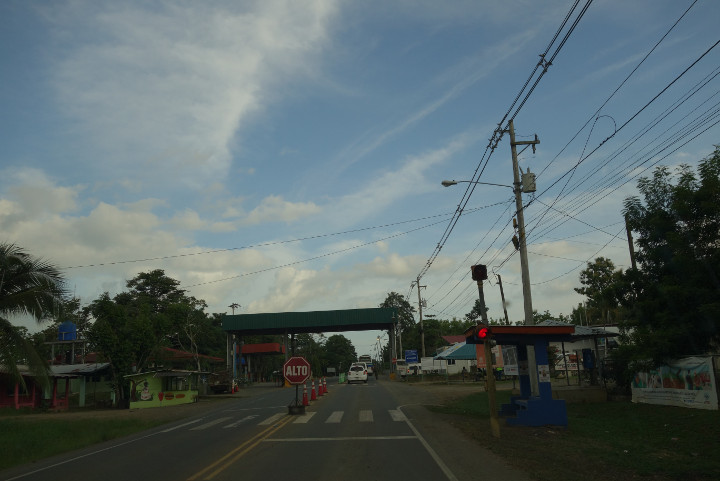
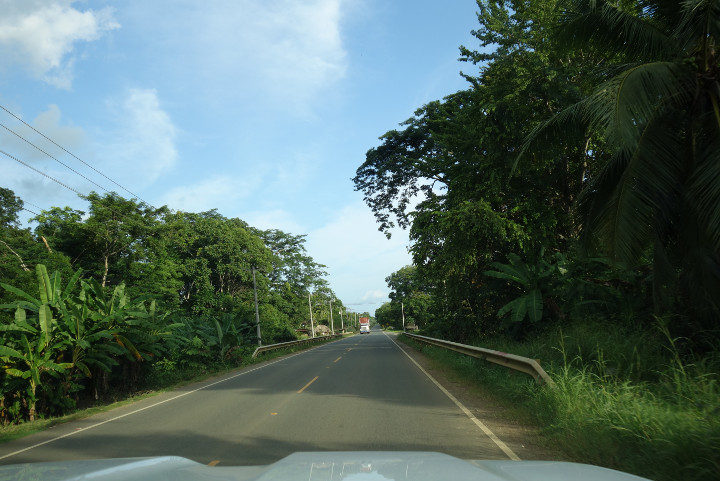
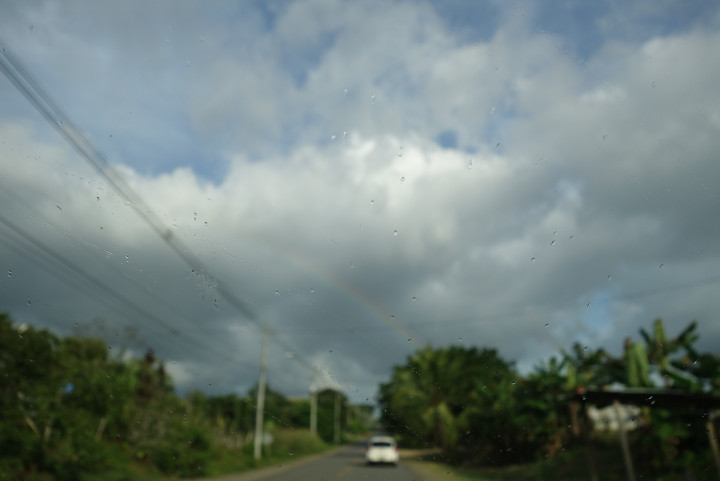
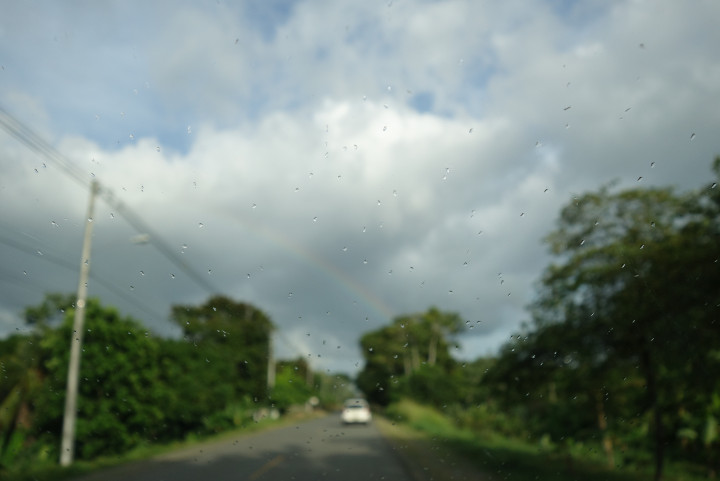
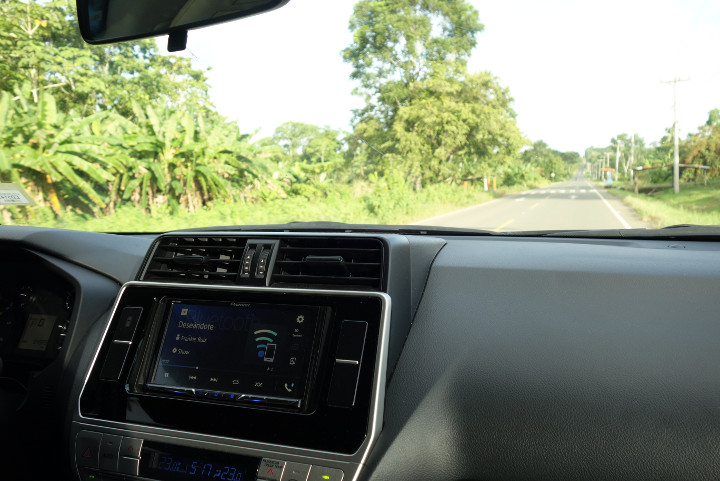
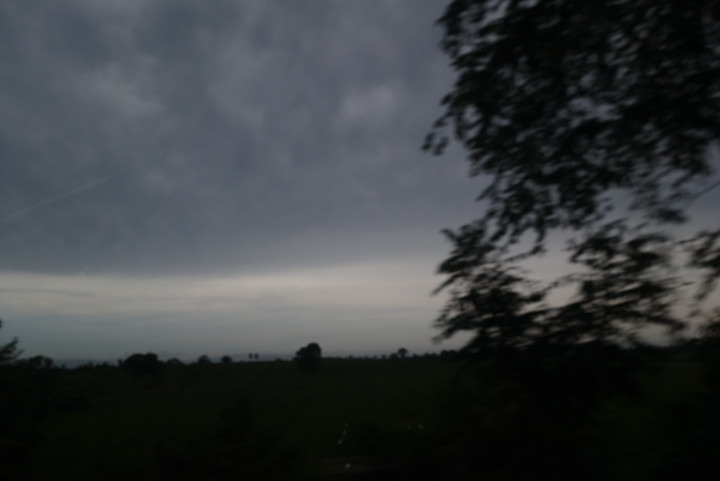
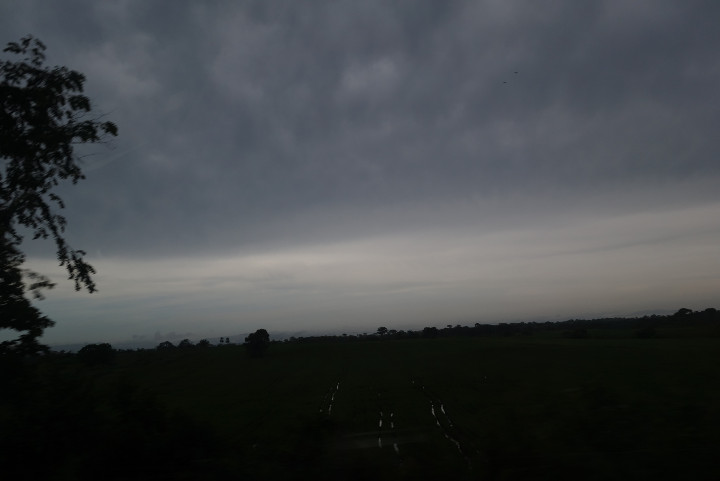
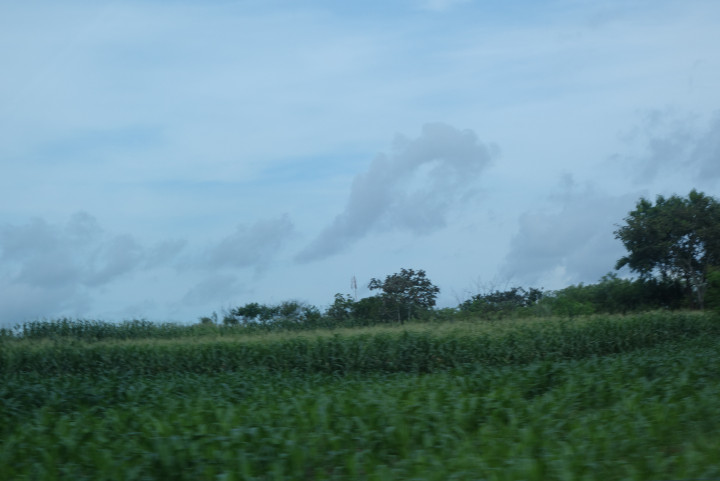
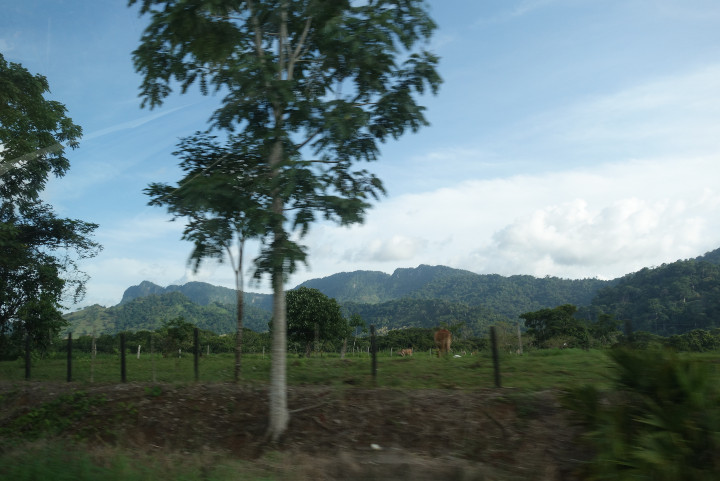
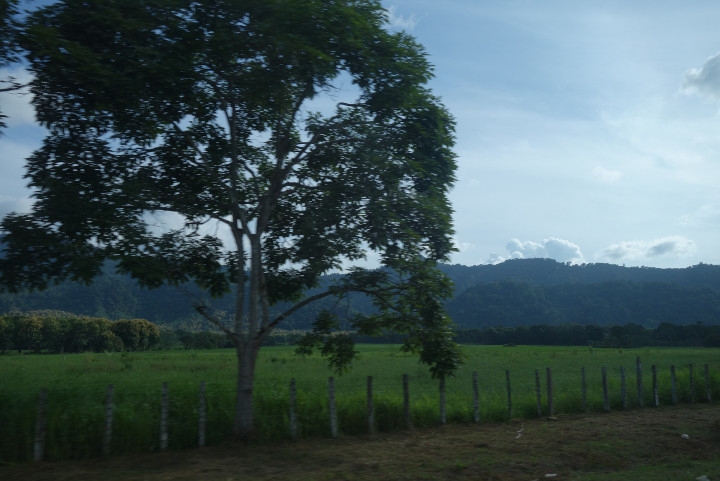
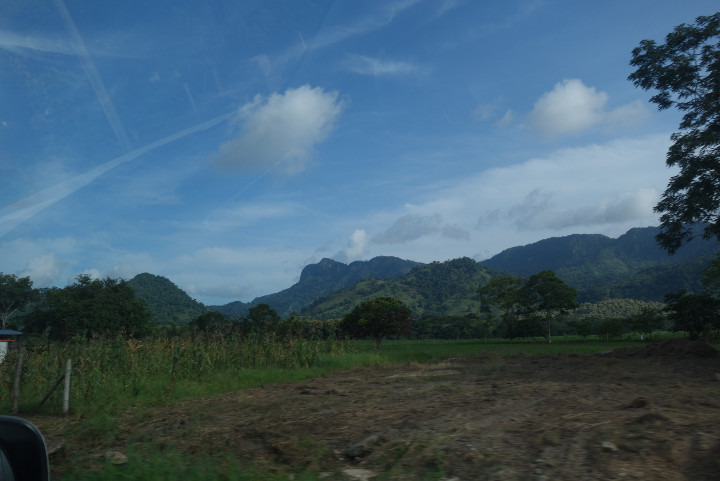
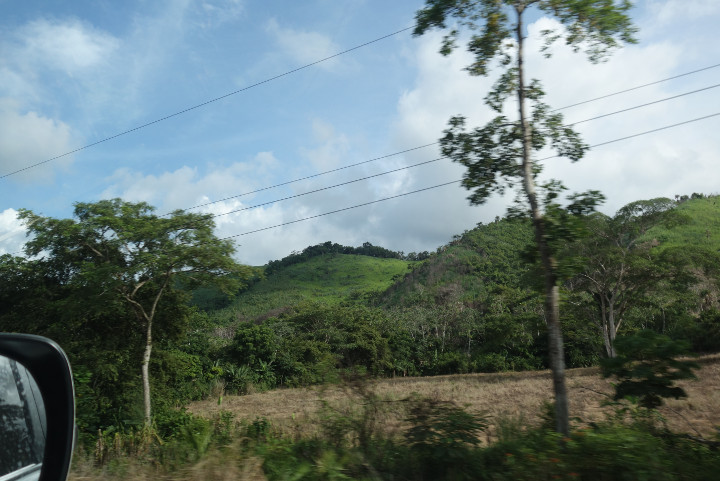
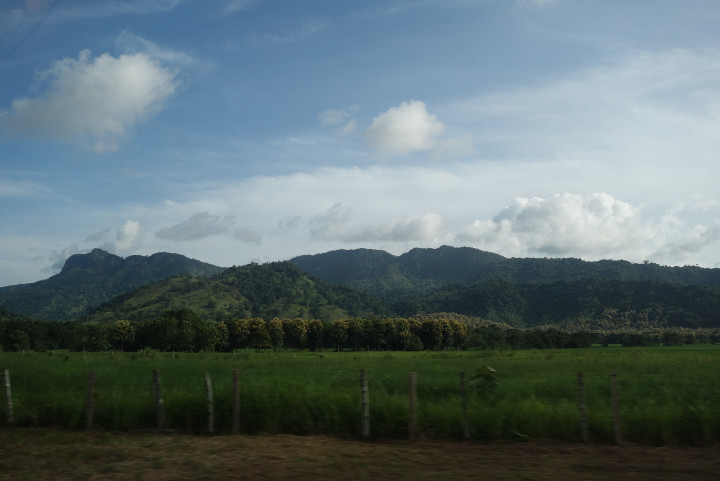

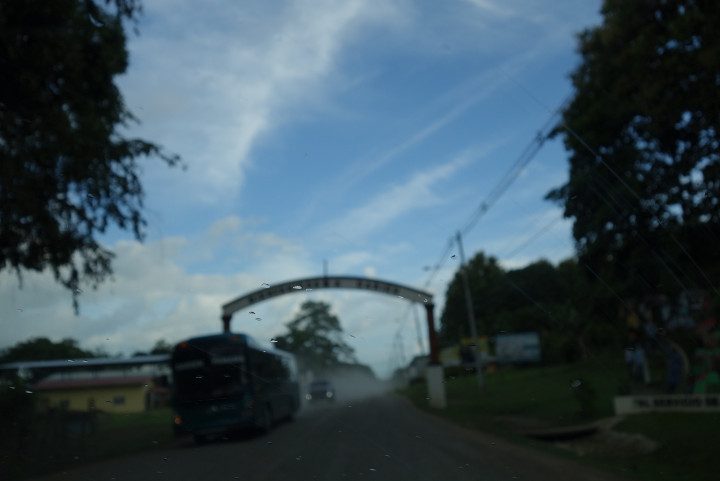
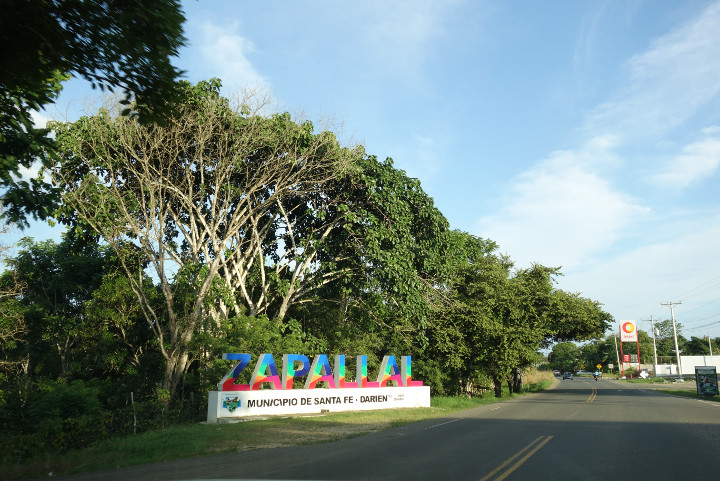
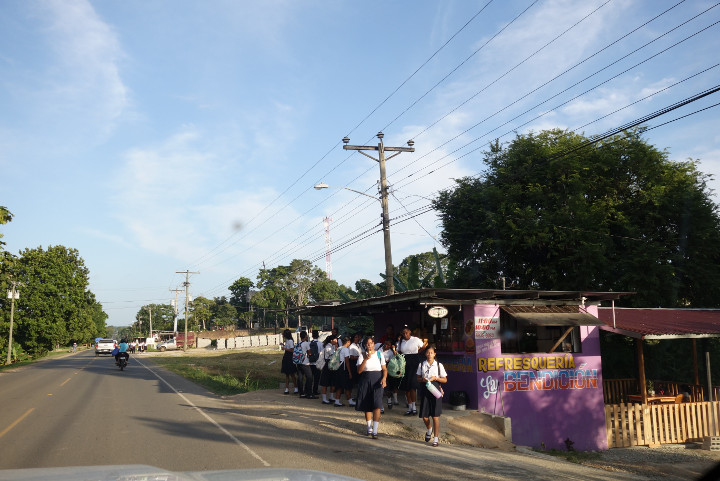
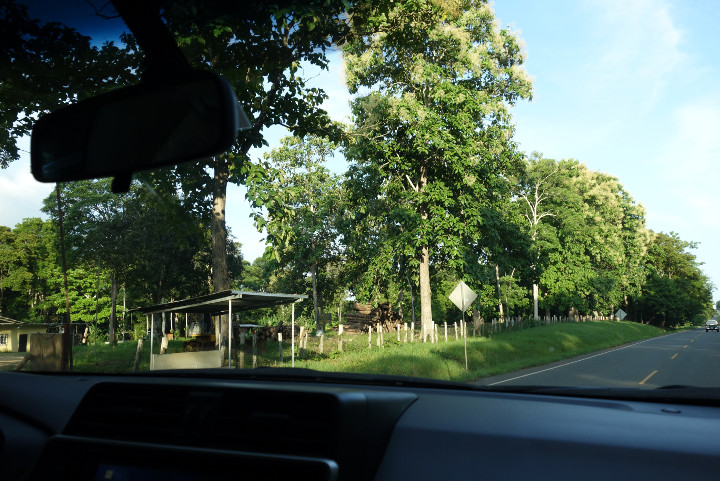
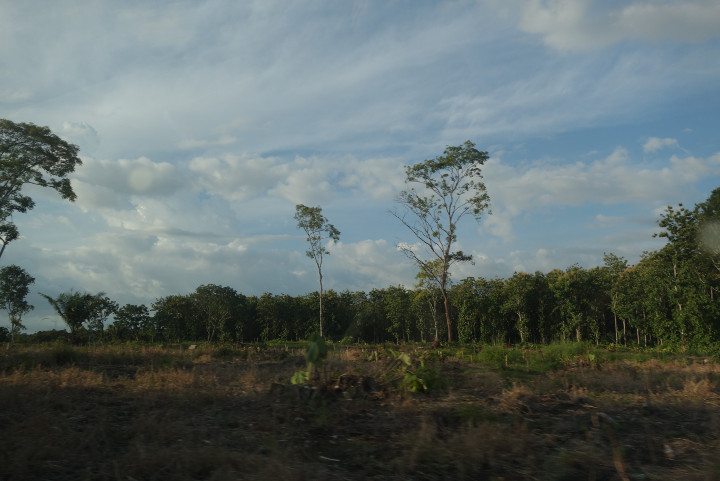
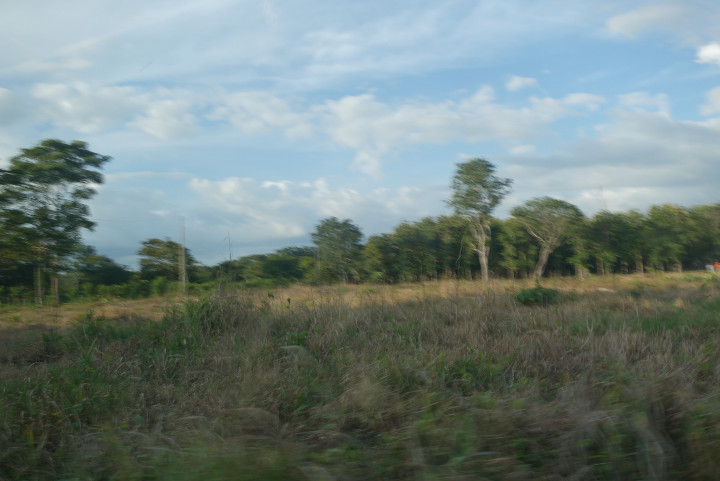
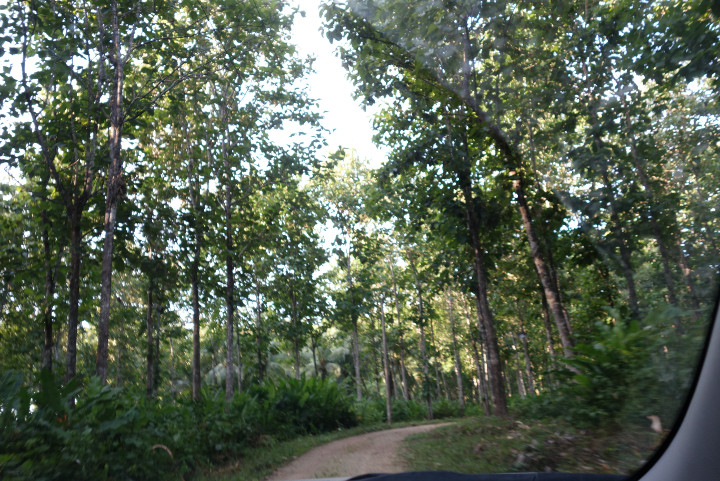

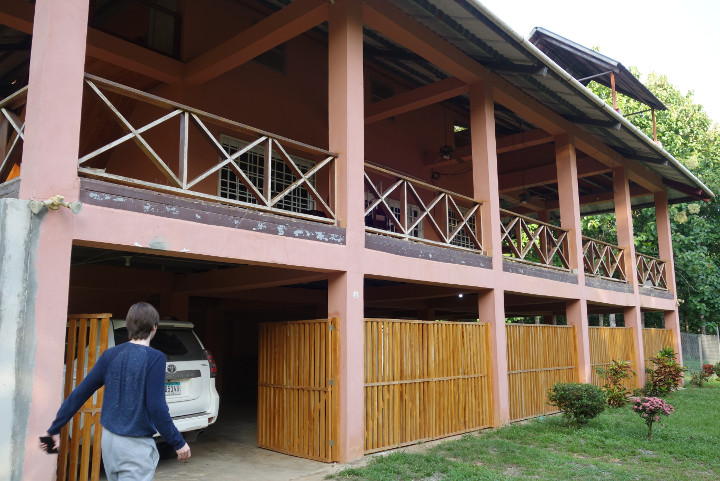
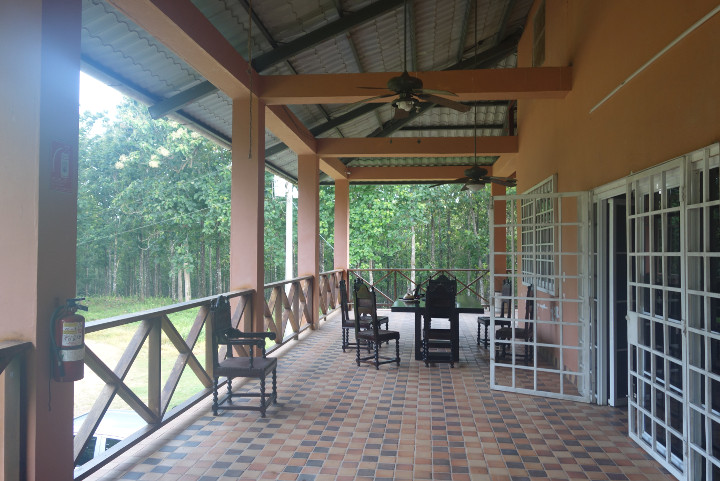
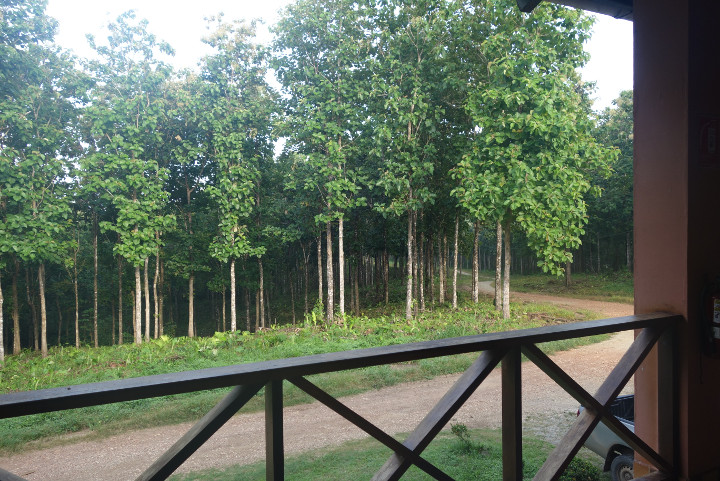
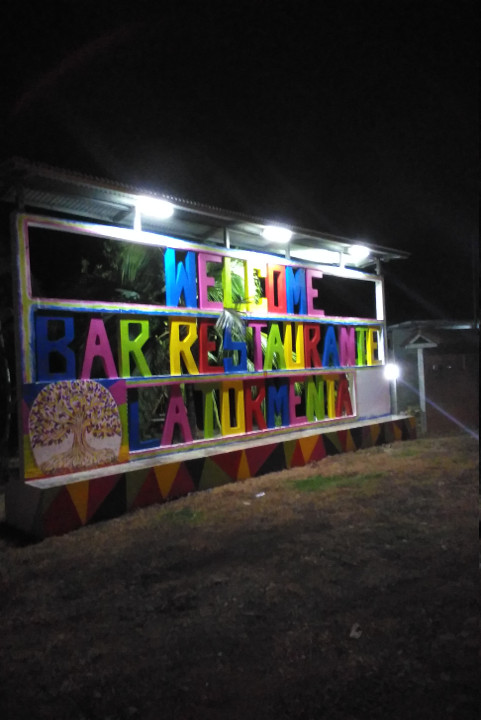
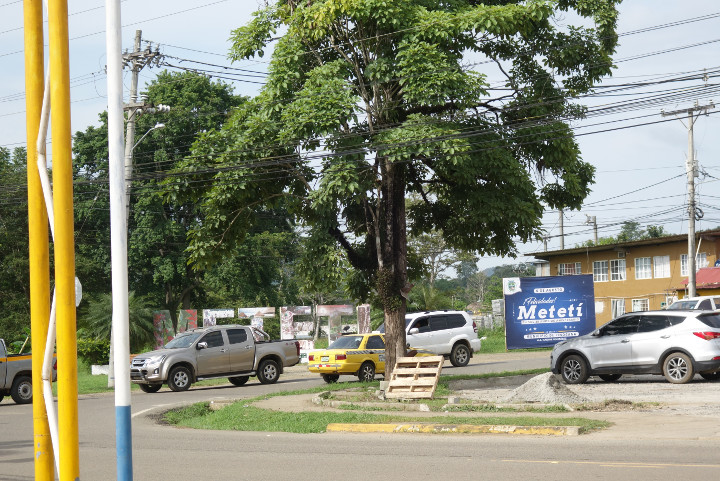

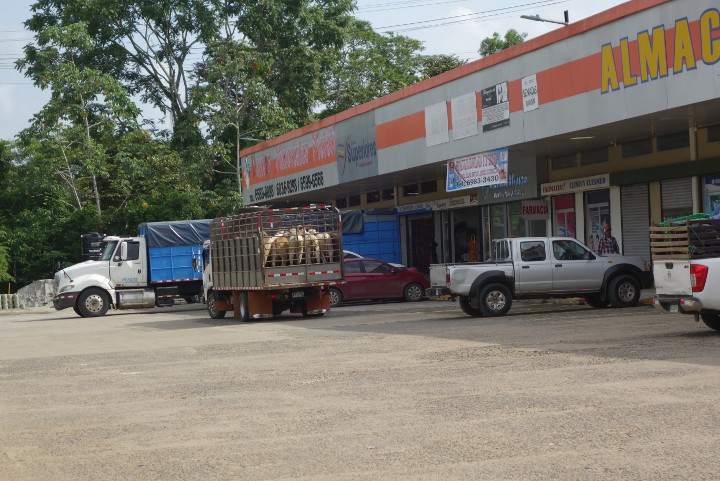
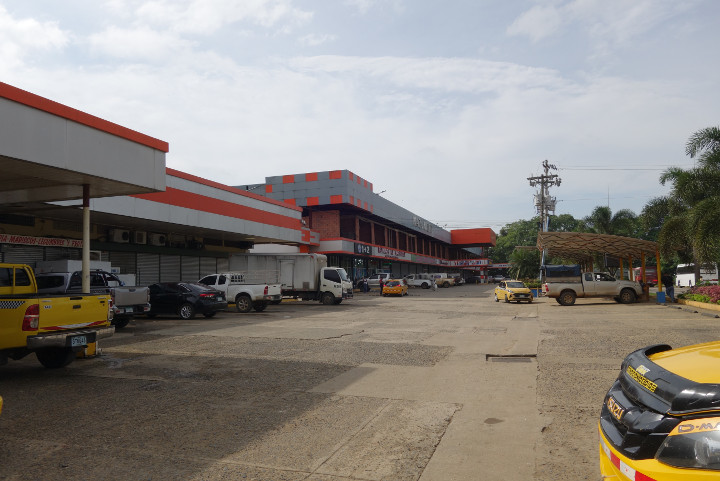
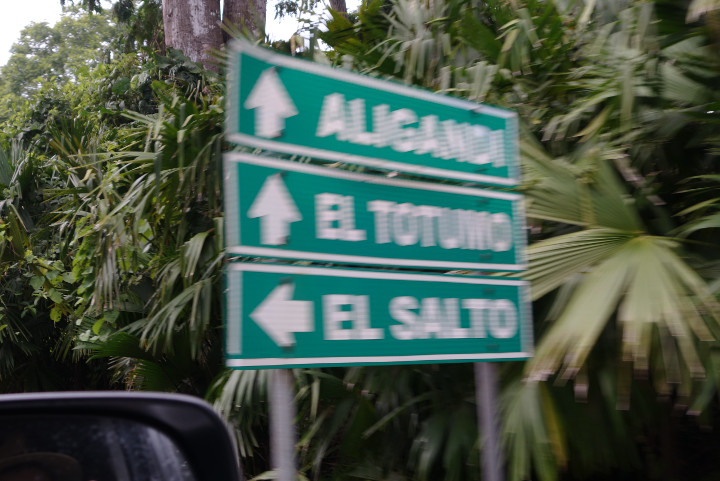

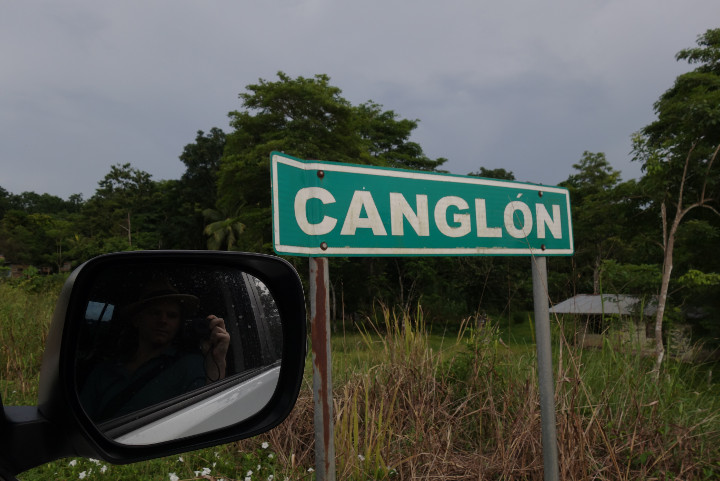

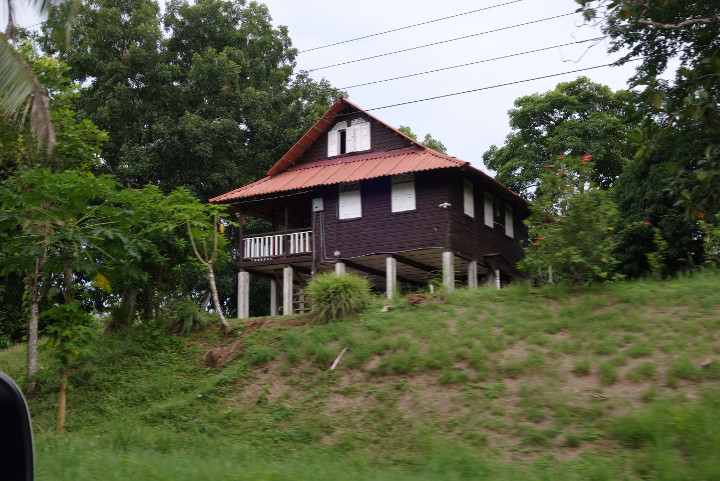

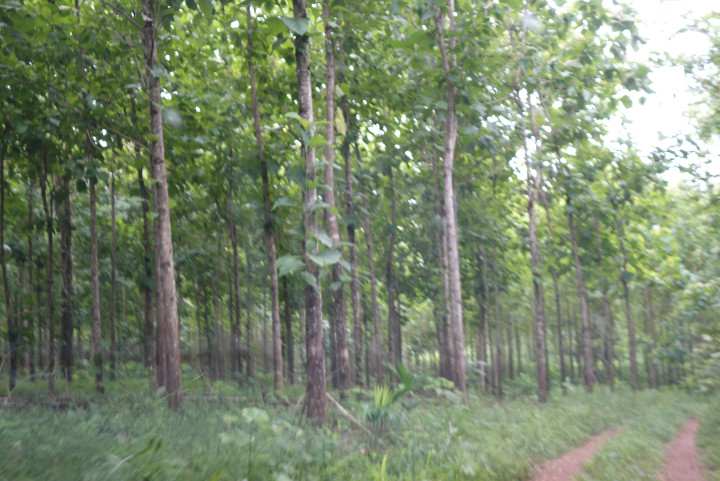
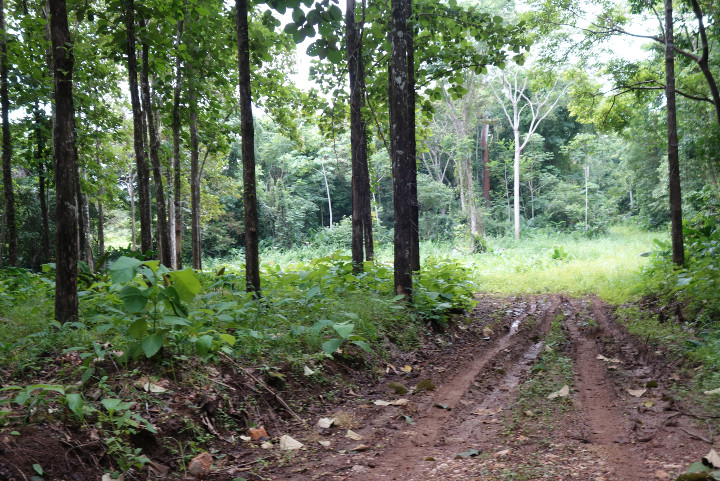
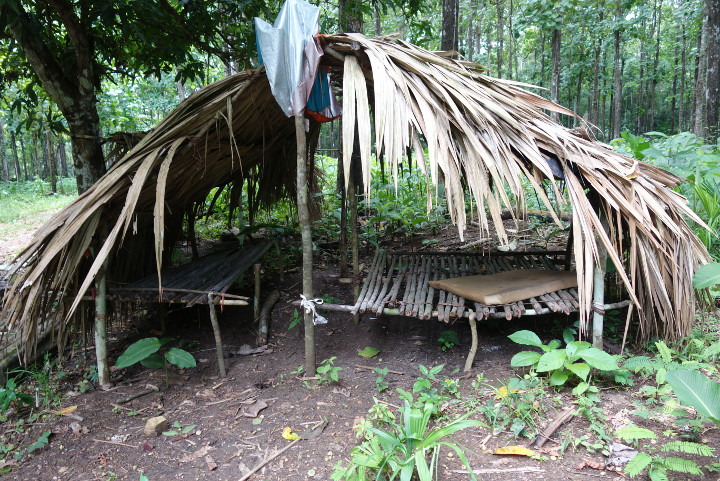
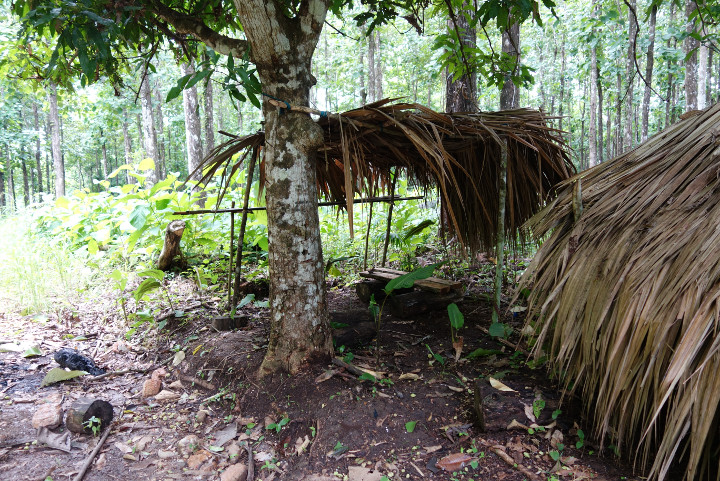
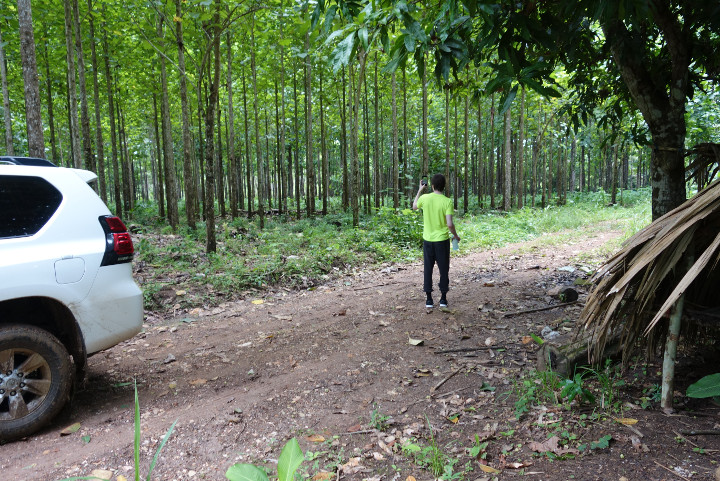
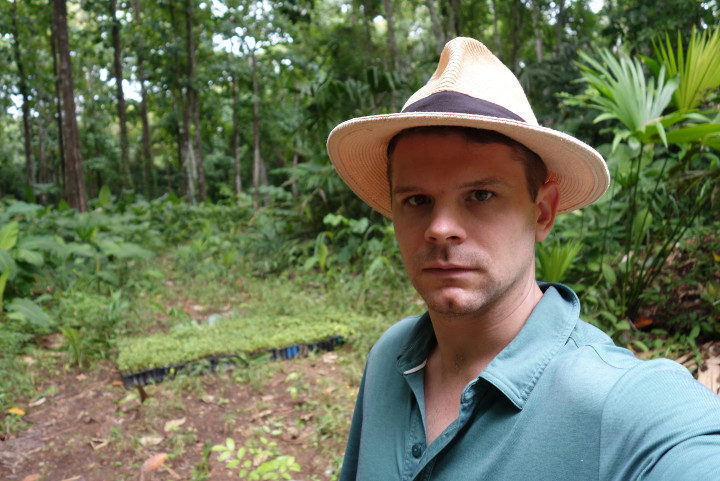
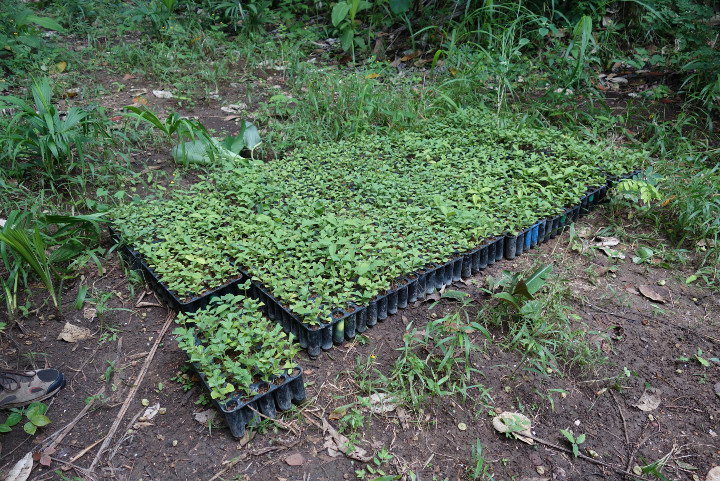
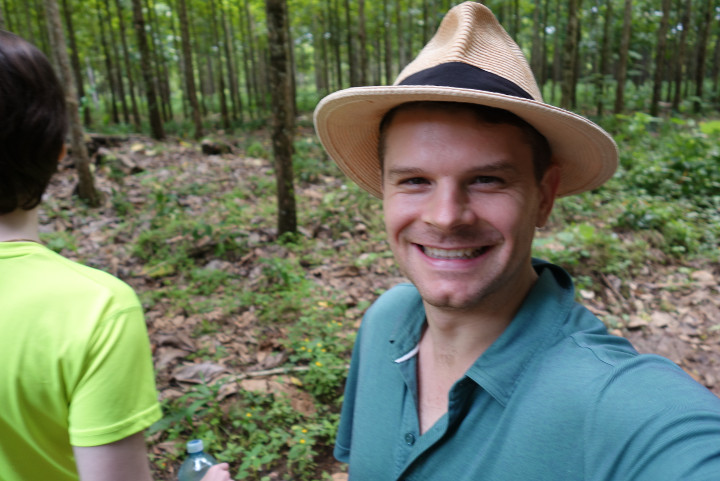
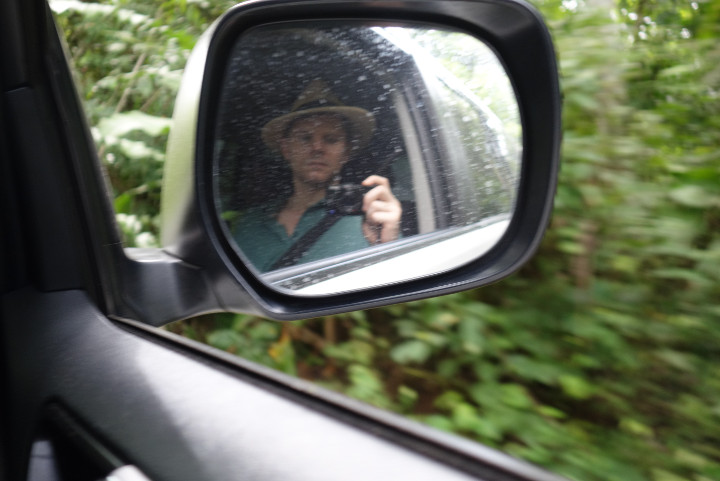
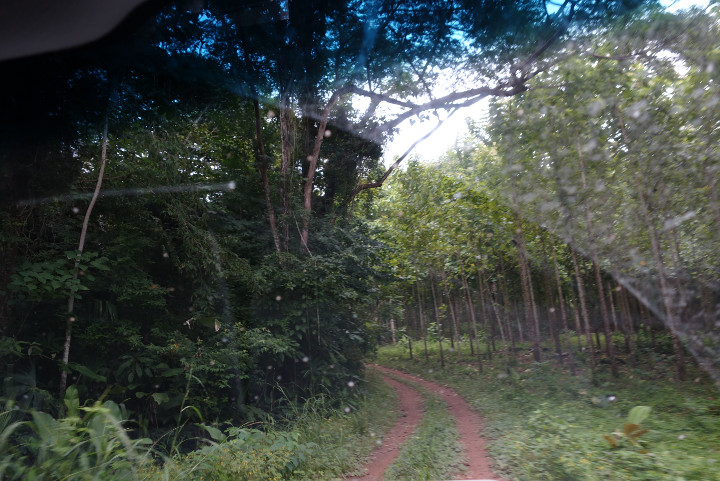
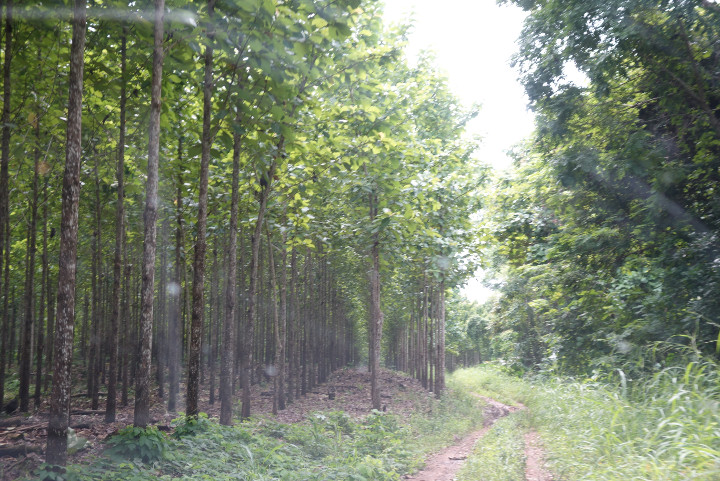
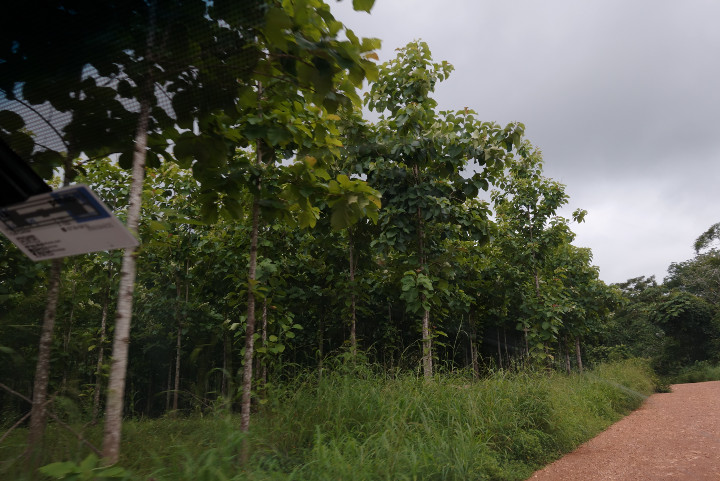
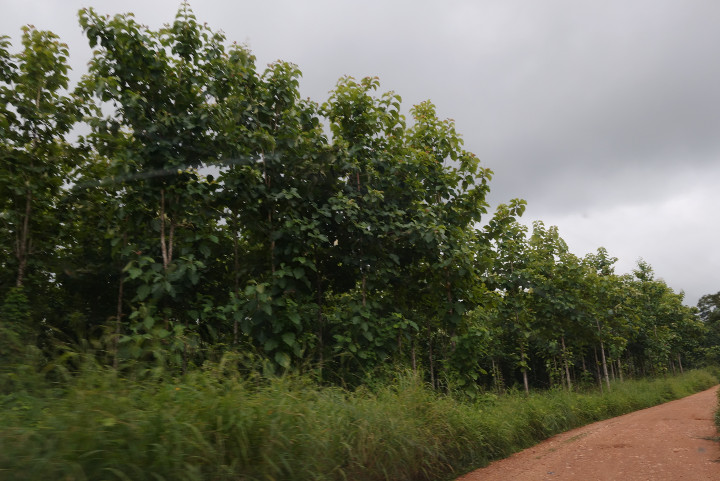
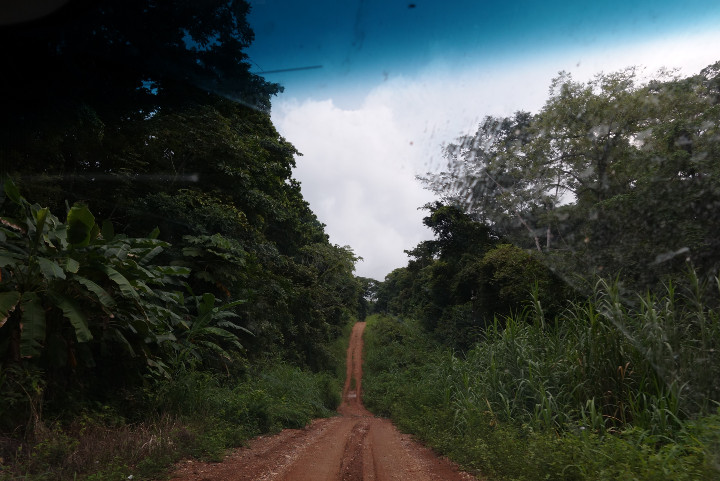
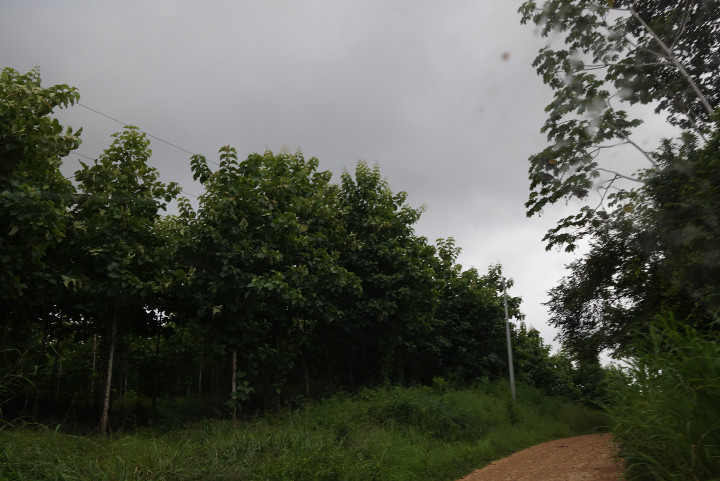
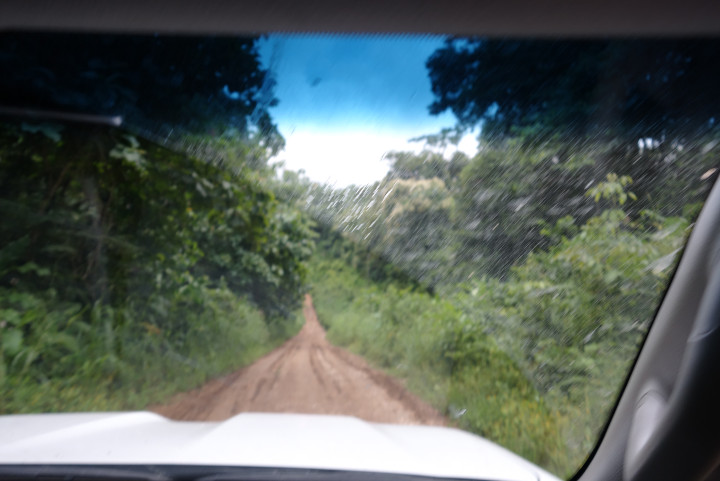
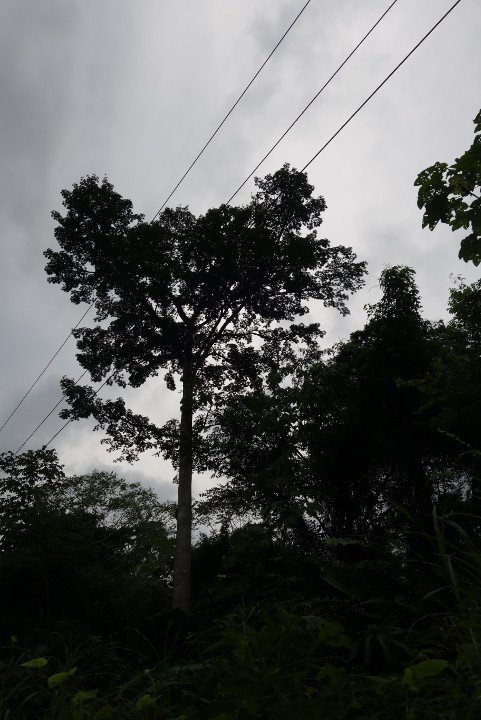
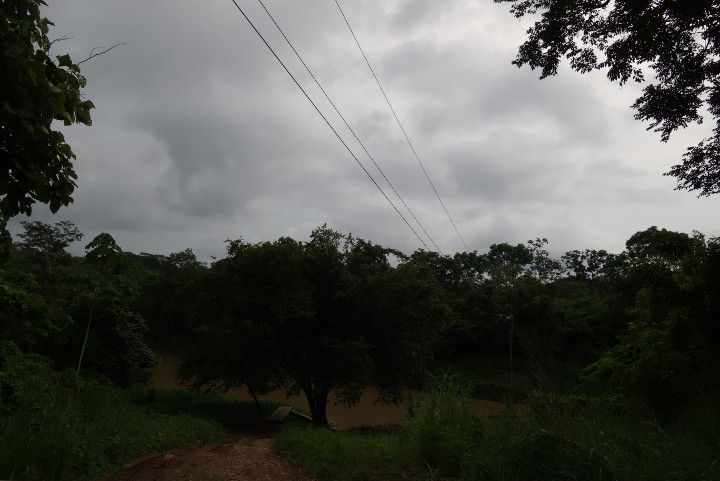
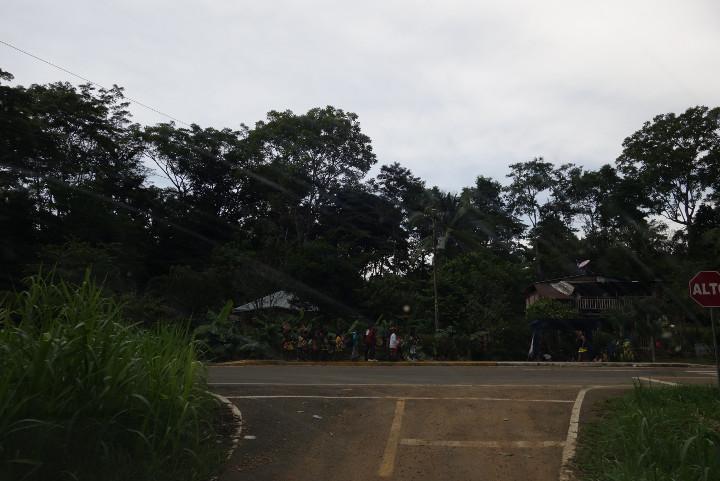
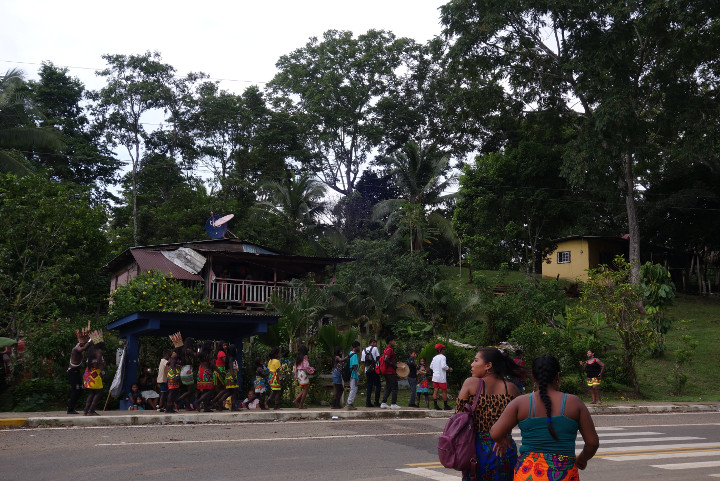
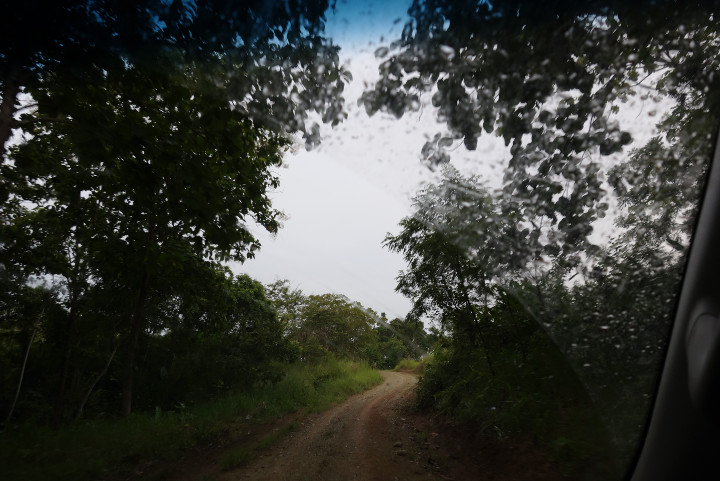
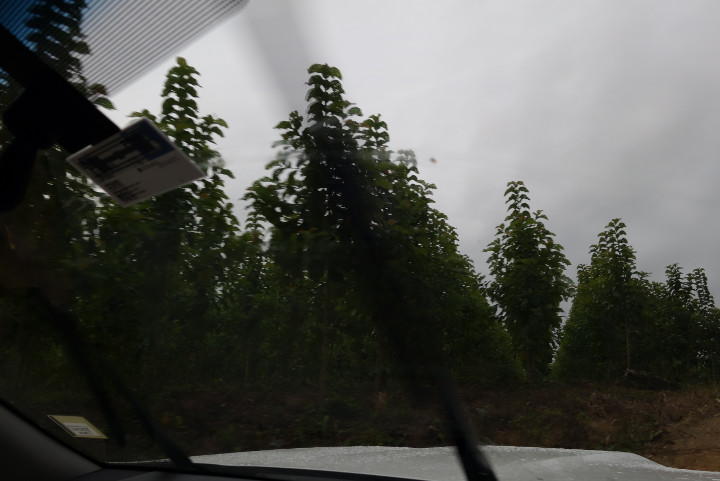
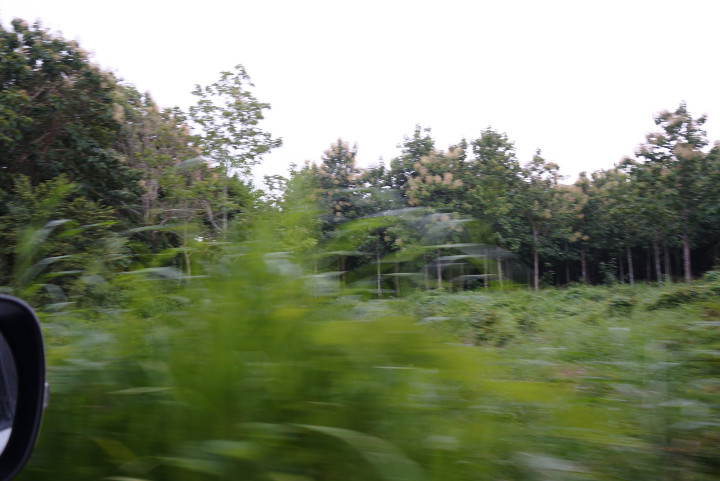
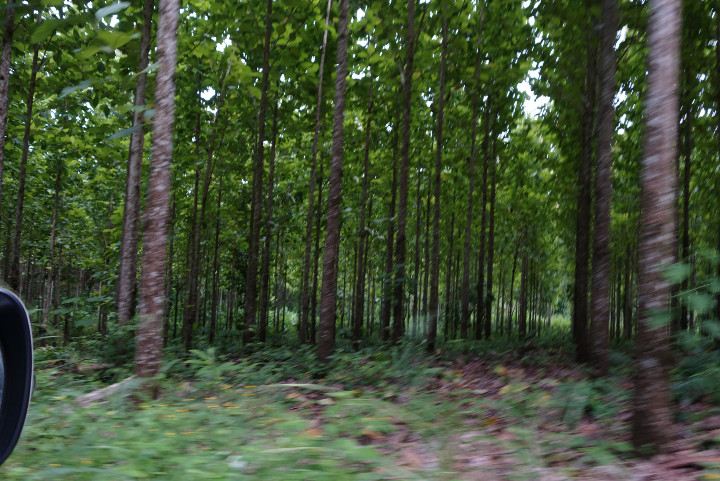
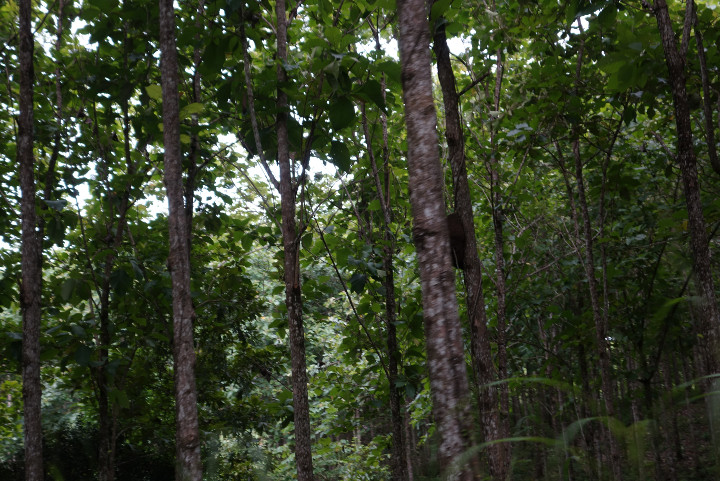


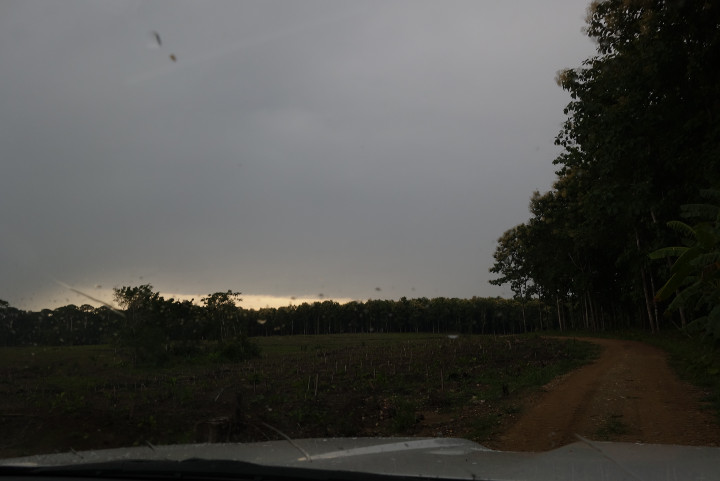
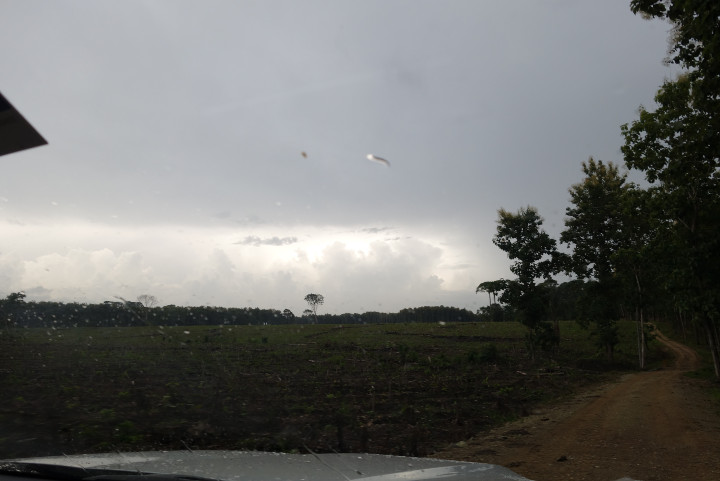
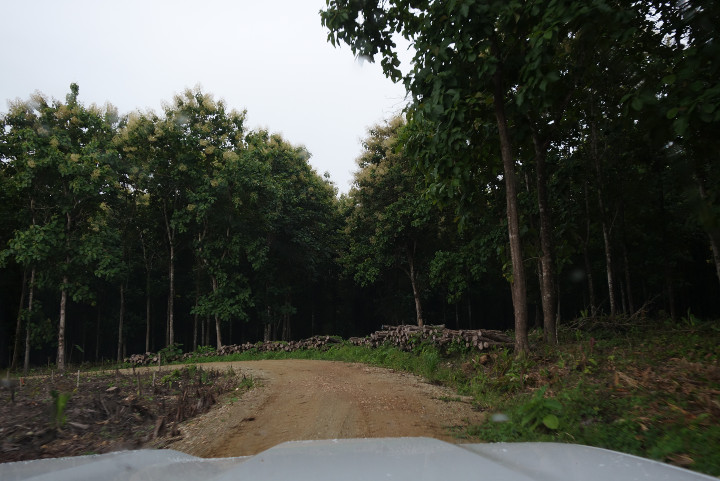
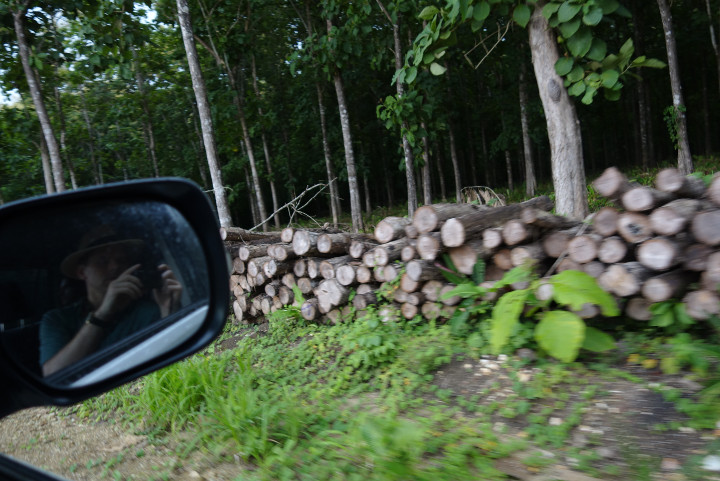
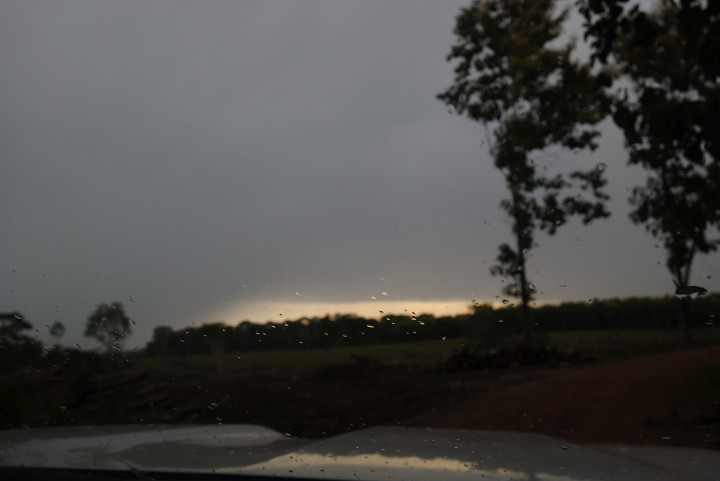
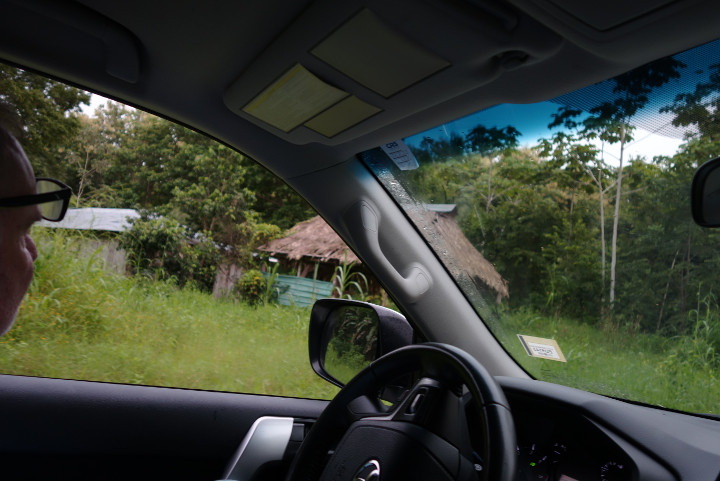
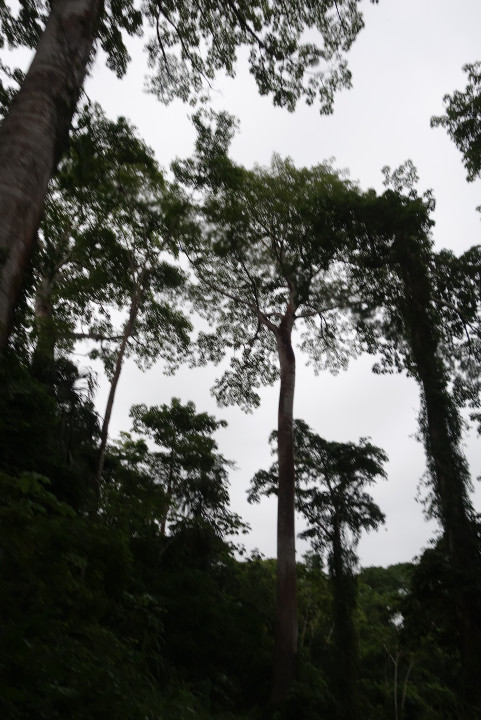
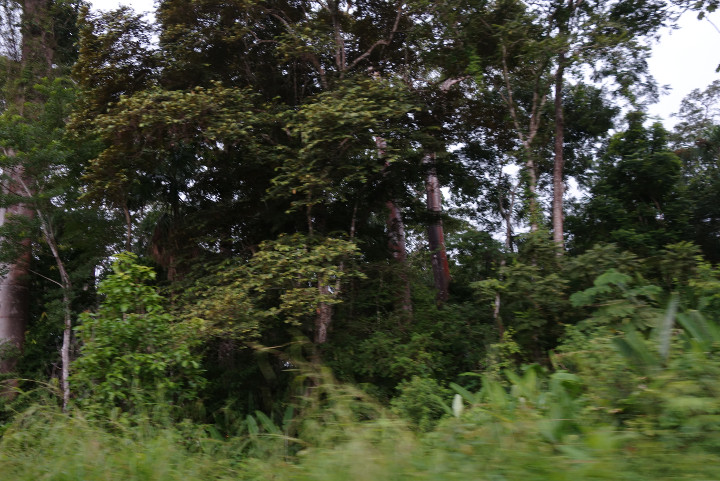
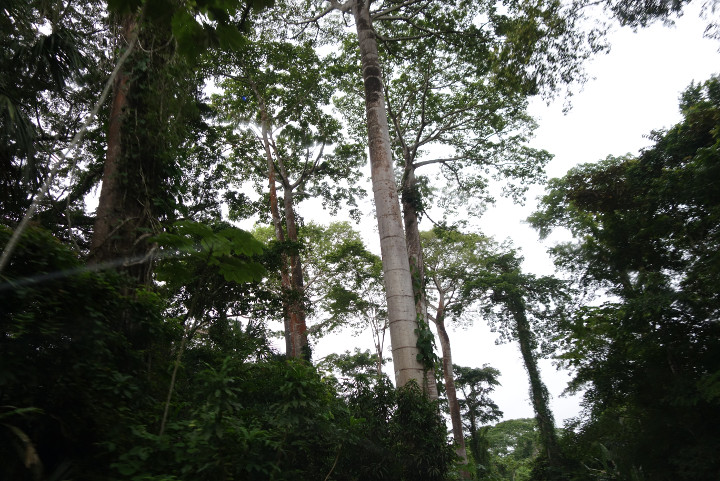

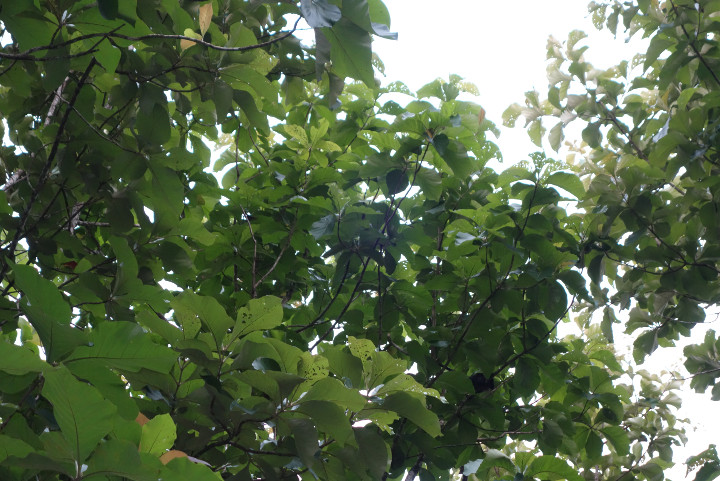
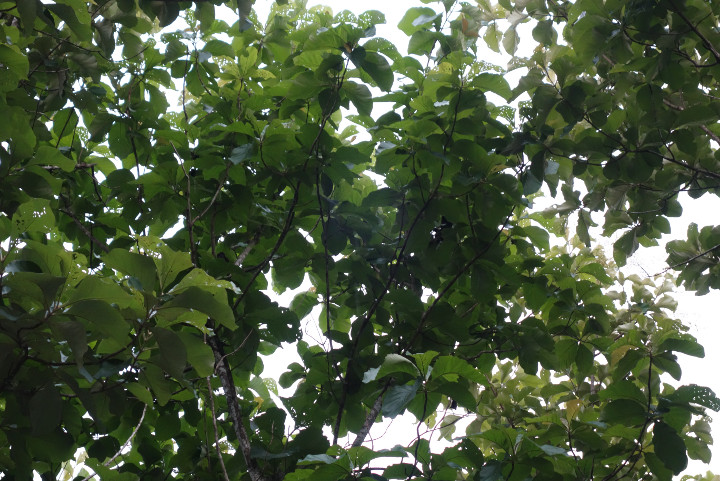
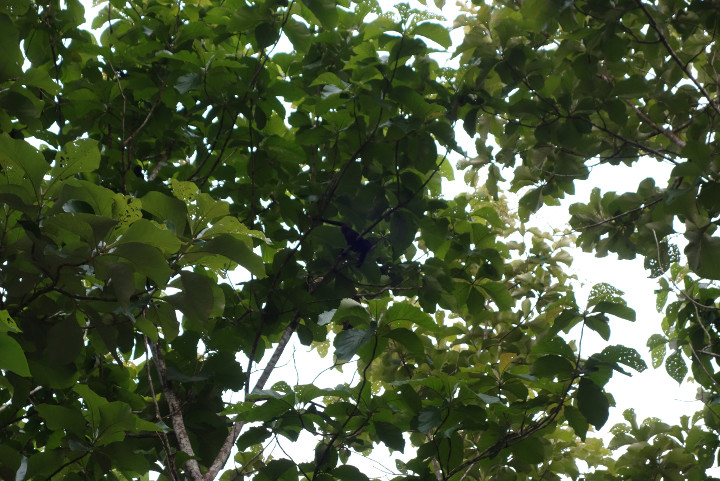



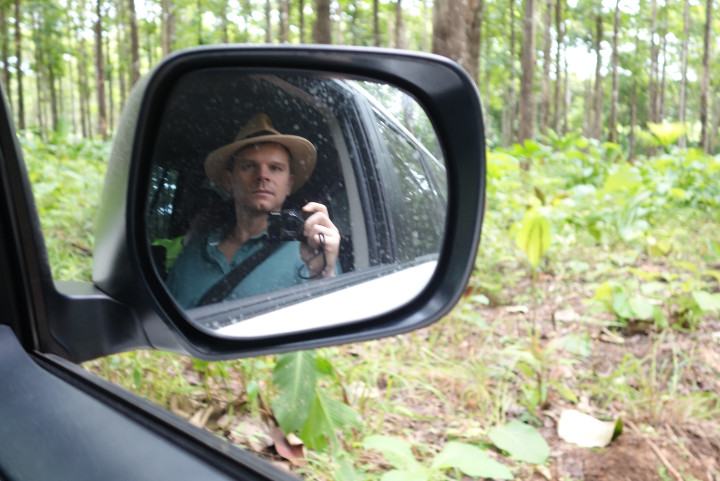

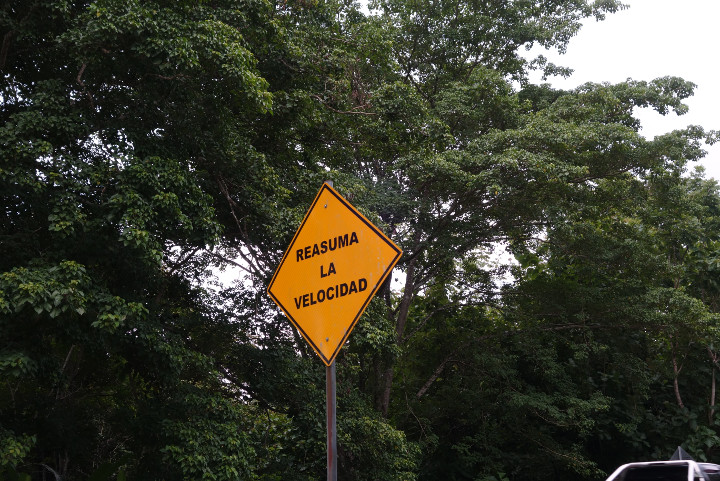
I enjoyed the readalong, especially over the egregious past of that hopelessly tantalizing spit of land. A nitpick: I think the softer molina trees you encountered were rather melina, which fwiw seems to be intercropped with teak on this side of the border, fact of which I shouldn't know much about but ran into just about in parallel to your investigation while researching coffee farms.
How much of a hit is the exotic wood market taking with the canal dramas?
Comment by hanbot — December 15, 2023 @ 18:03
Thanks ! I enjoyed sorting out the history too. It armed me for situations like the other night when the topic came up and gray haired Panas try to say the Scots were the first colony here. Heh.
Ah, thanks, right you are.
Not exactly sure. In tandem with the canal dramas, which they're looking to raise some $8.5B to improve the water resources, there was the copper mine drama which shut down the country for a good 6 weeks last quarter and led to the shuttering of the mine for now and a downgrade of their debt to one notch above junk.
That being said, my contacts in real estate say N. Americans are continuing to flock here as they look for an escape from the dramas up there. How much due diligence they're doing isn't very clear ; anecdotally, few are aware Panama has elections in May, they "just want to" flee from Castreau/Piden.
We'll see degree to which they're hoping from the frying pan into the fire.
P.S. Sorry for the excessively tardy reply.
Comment by Robinson Dorion — March 9, 2024 @ 16:07